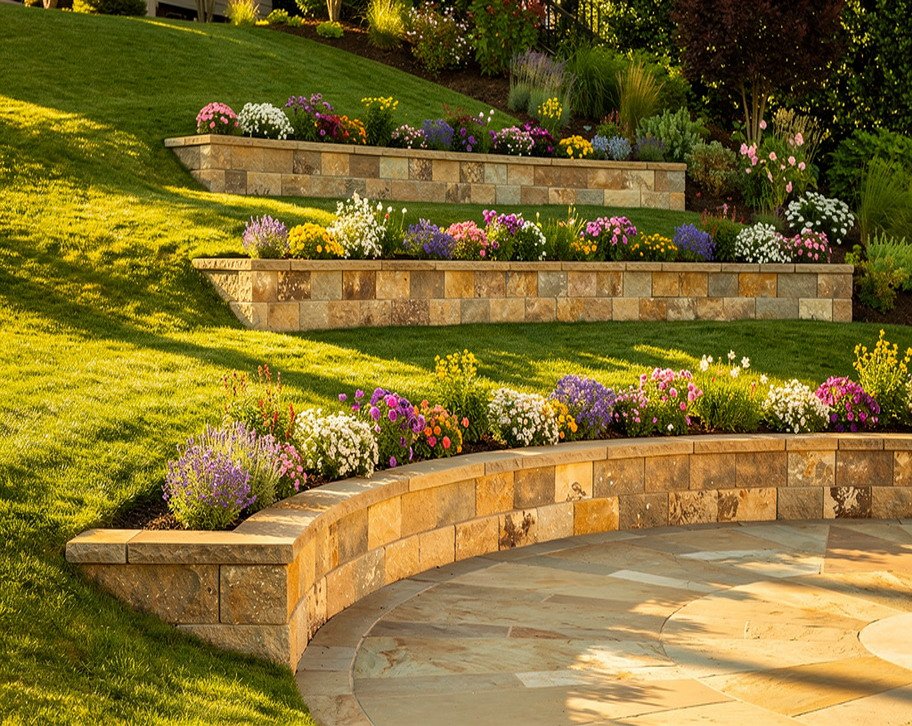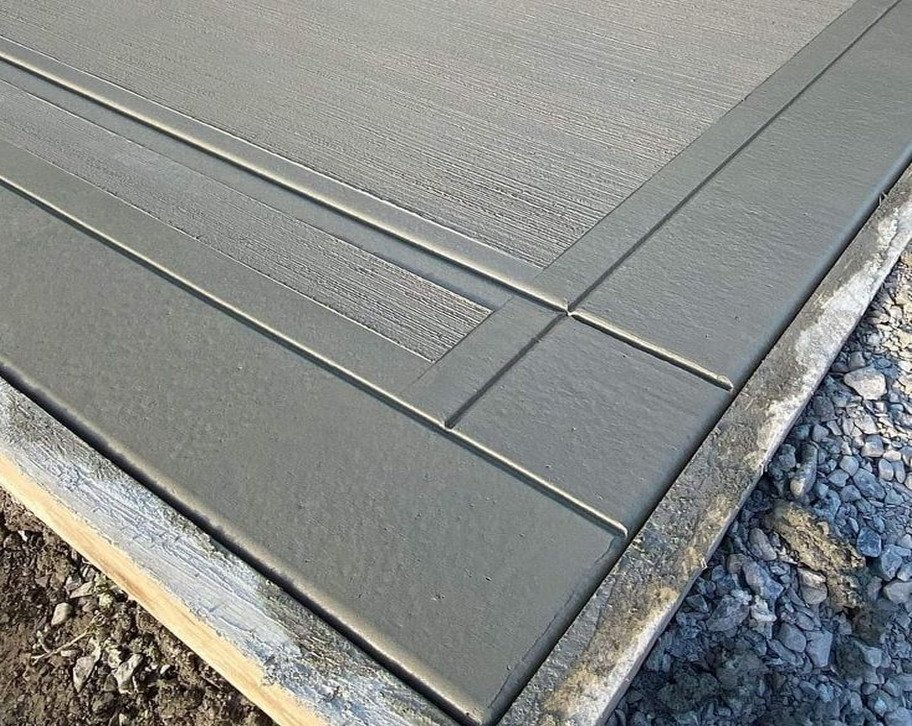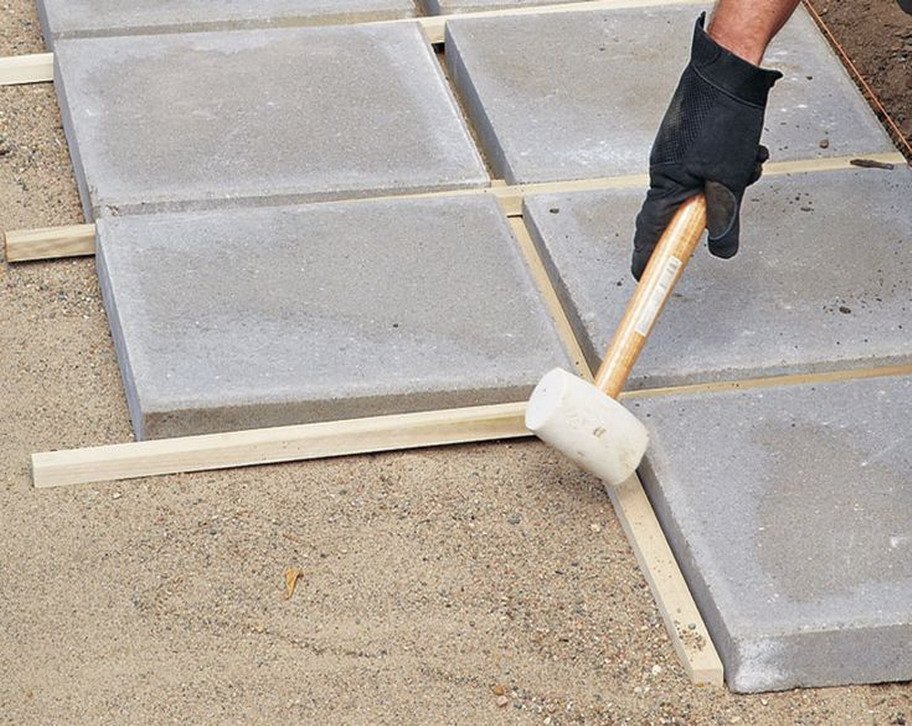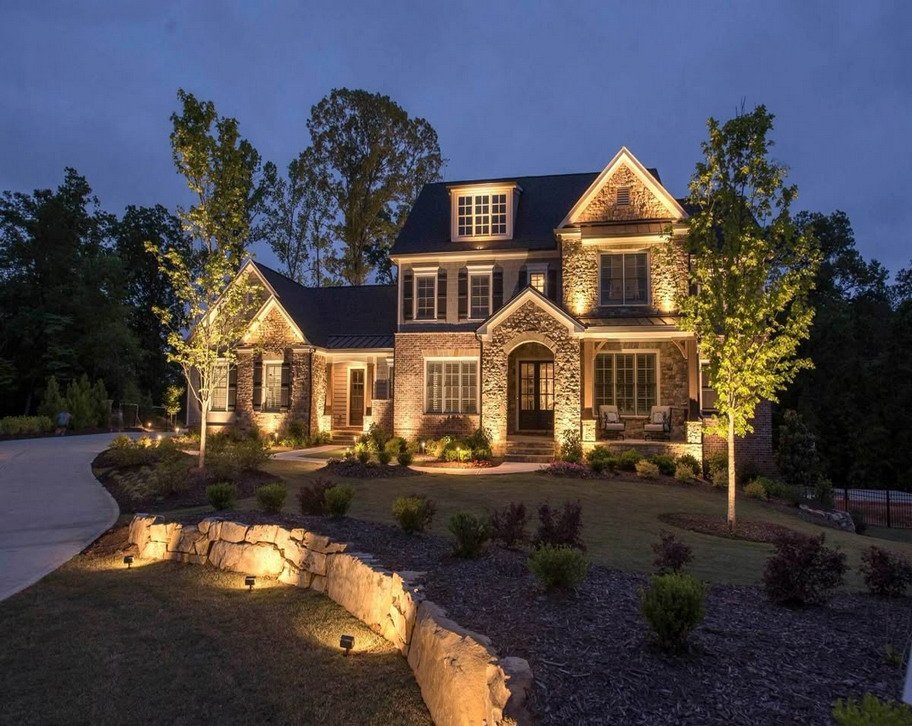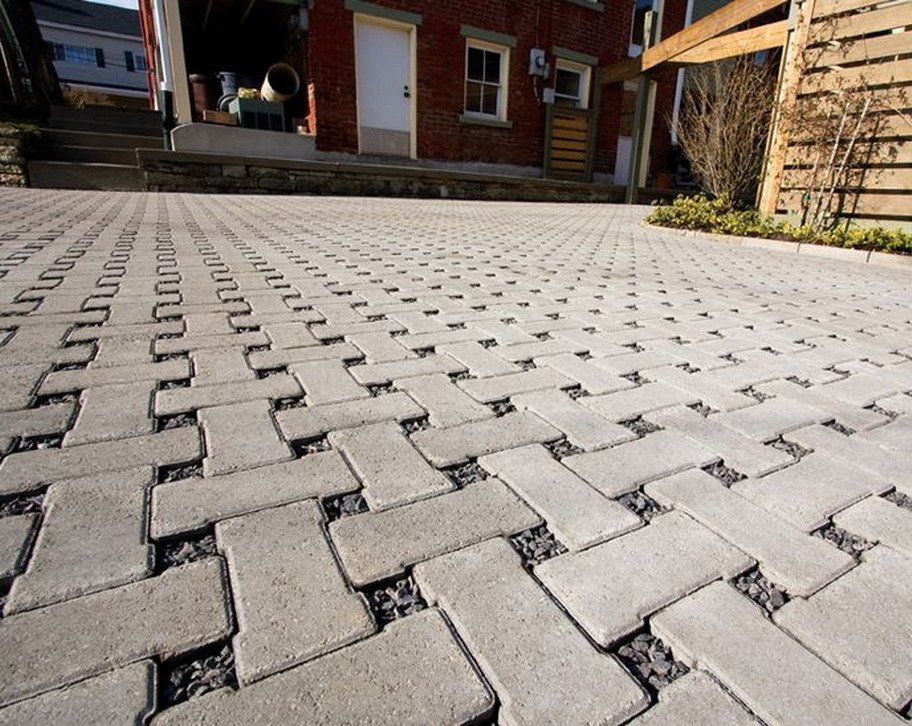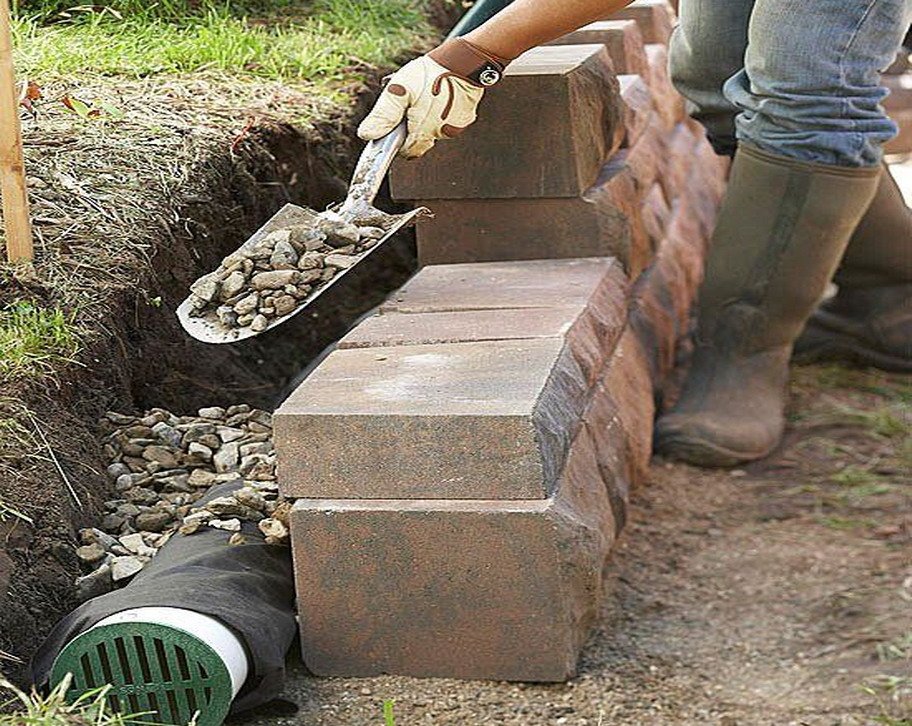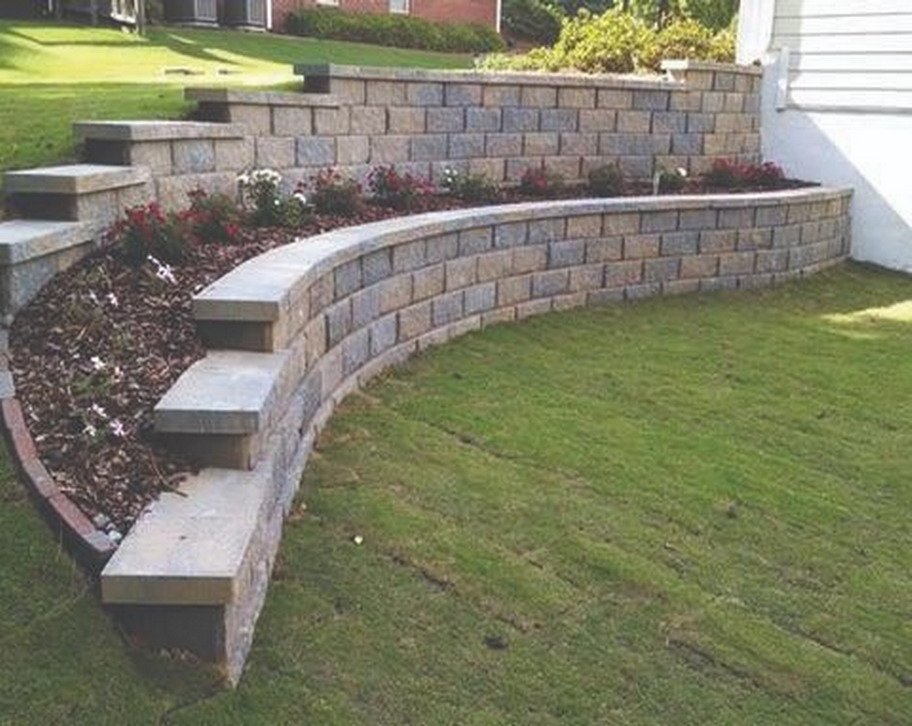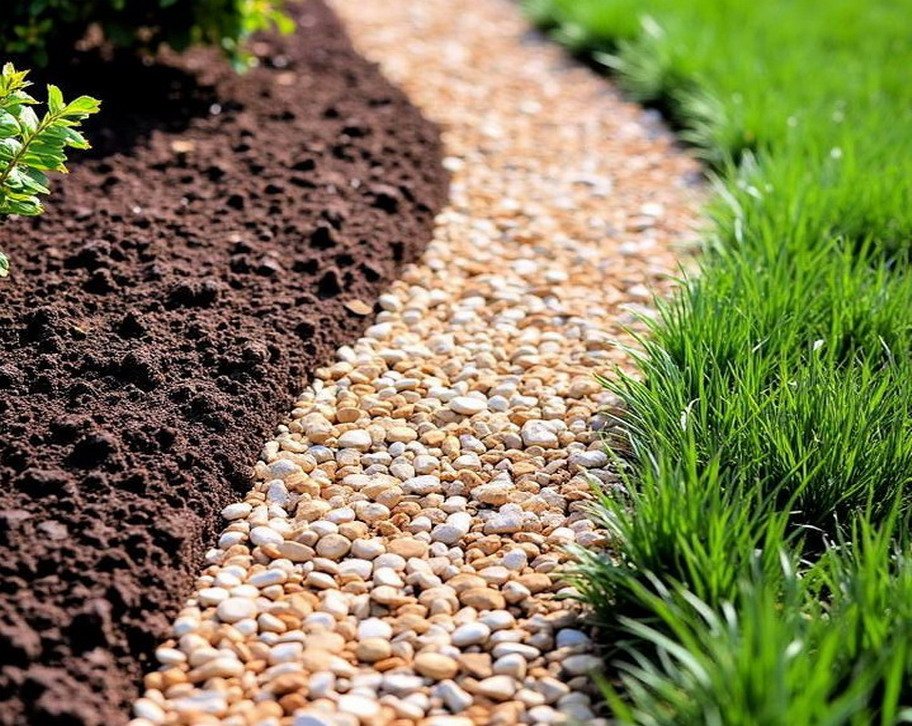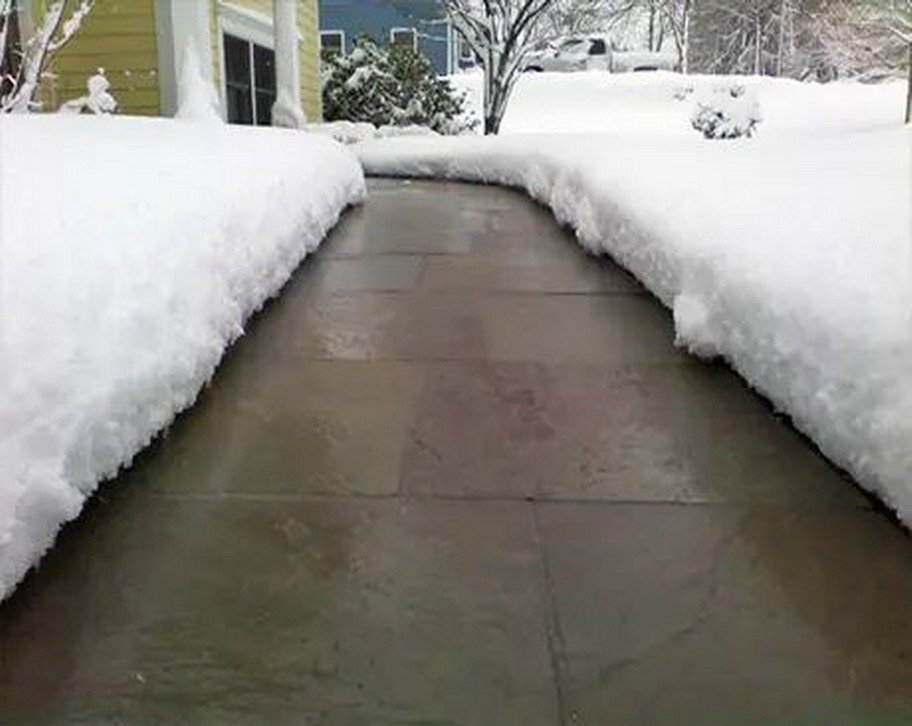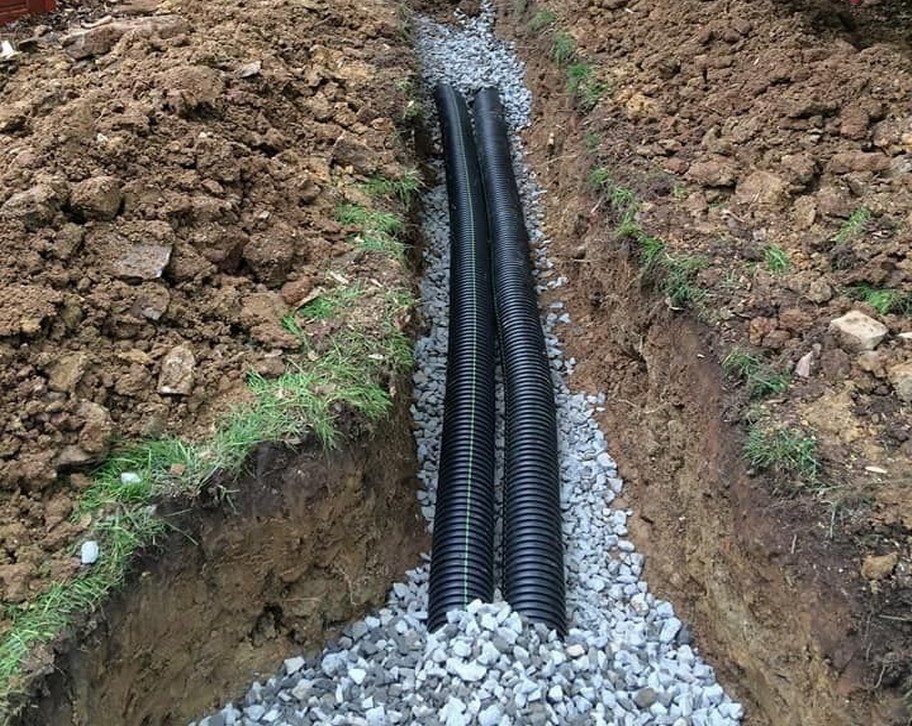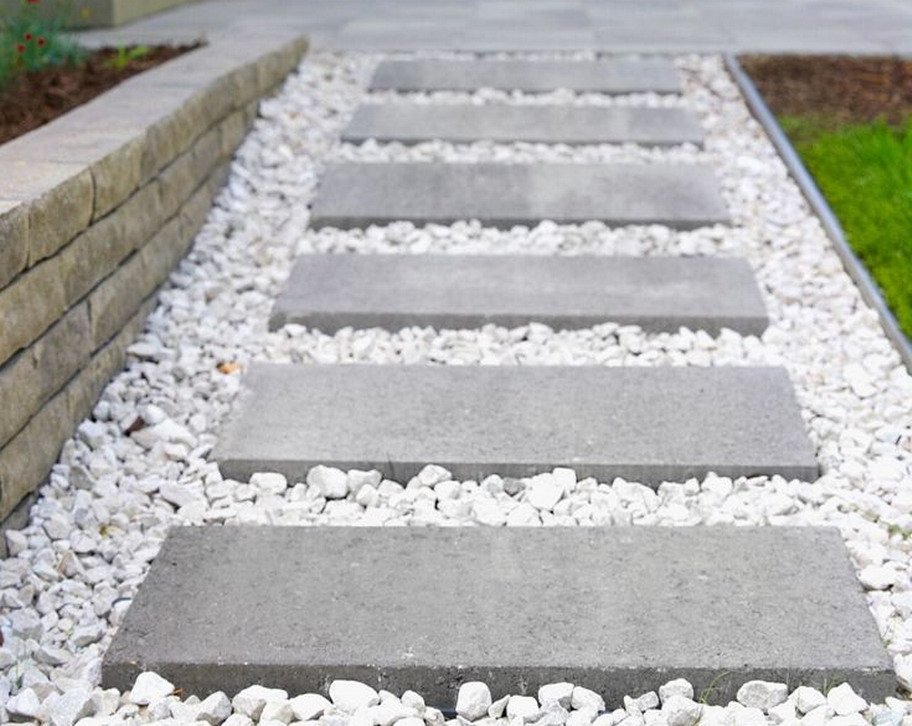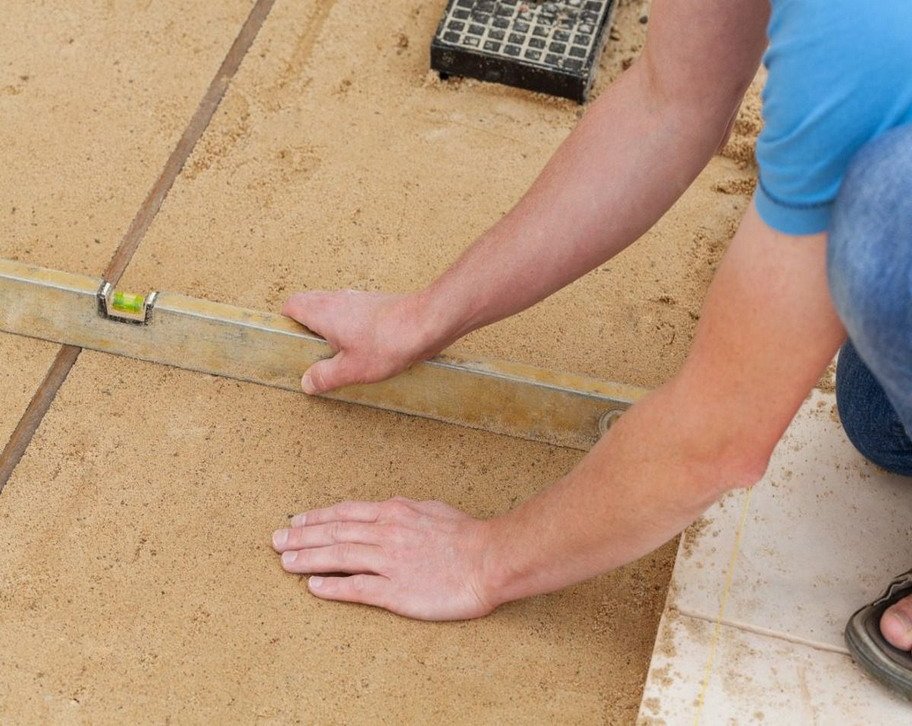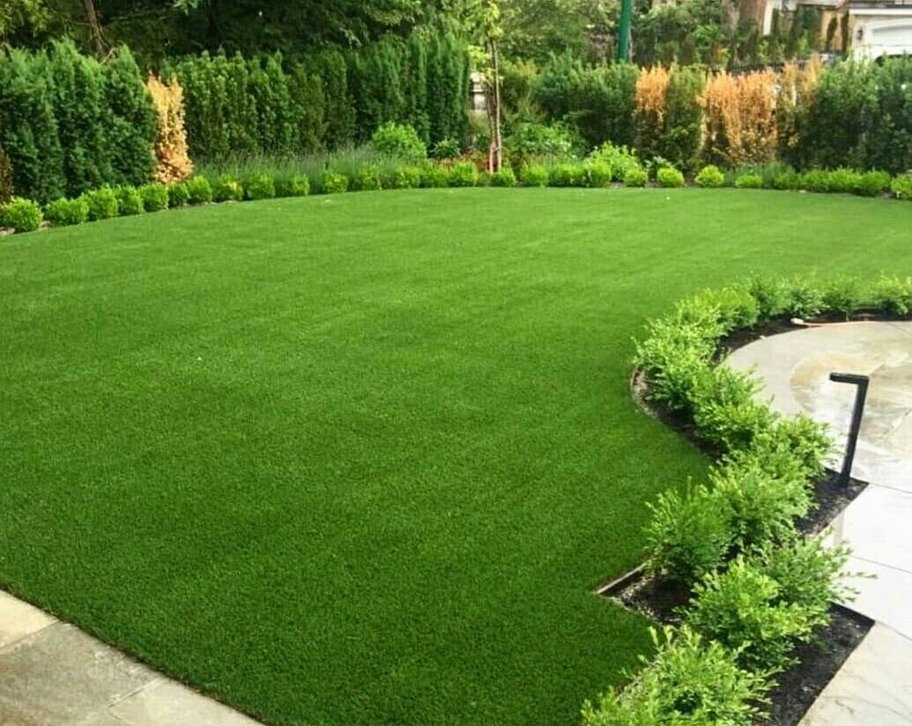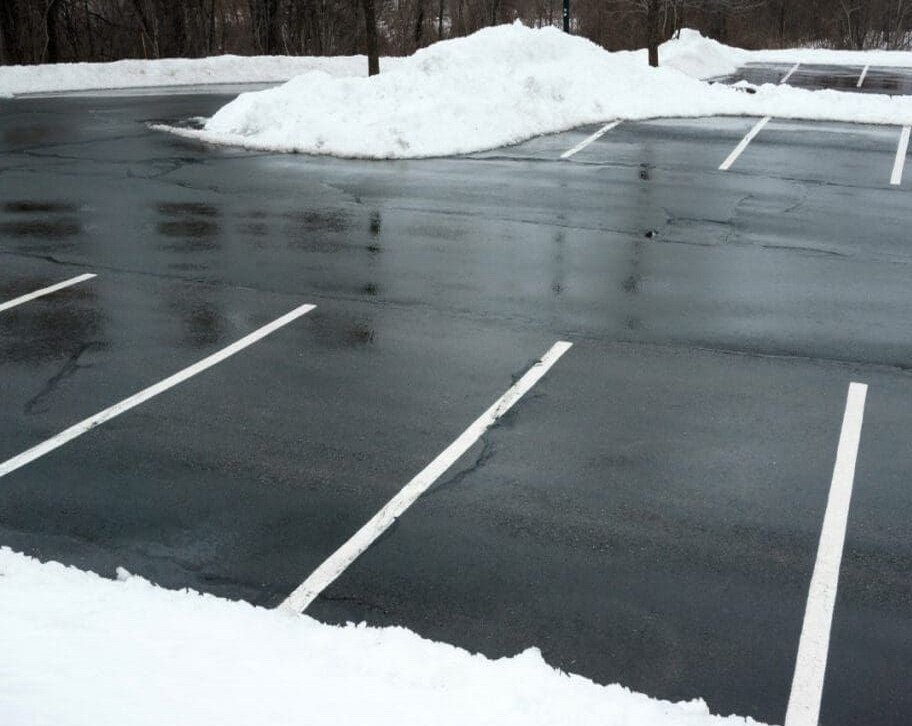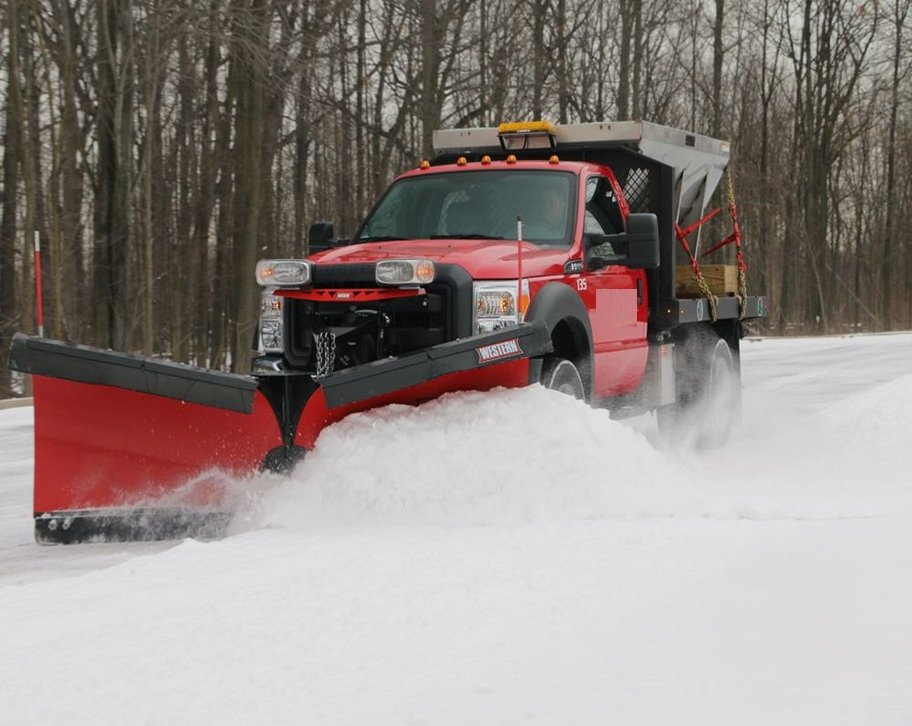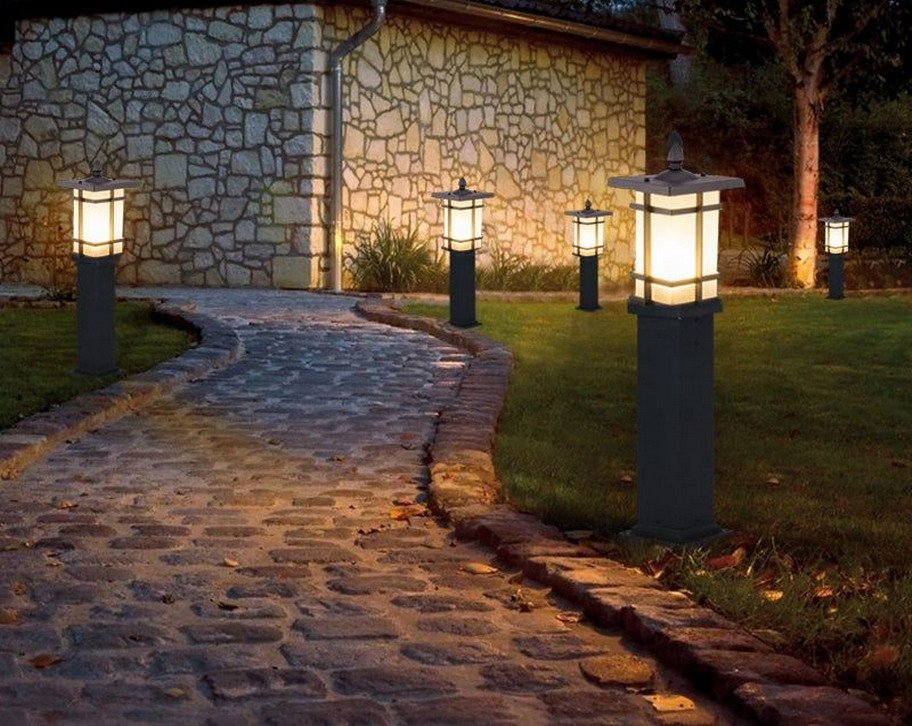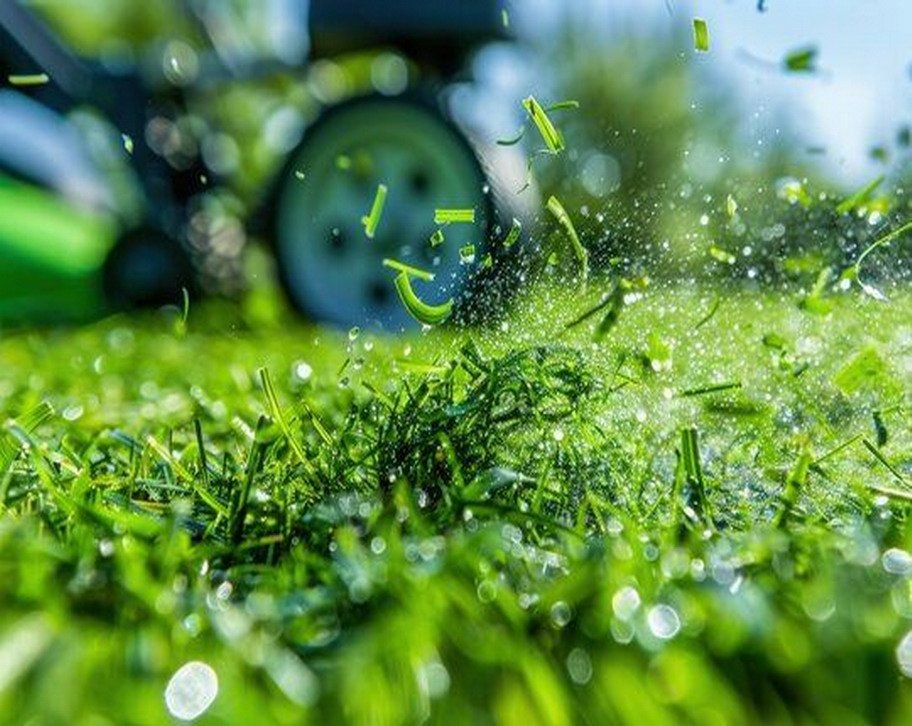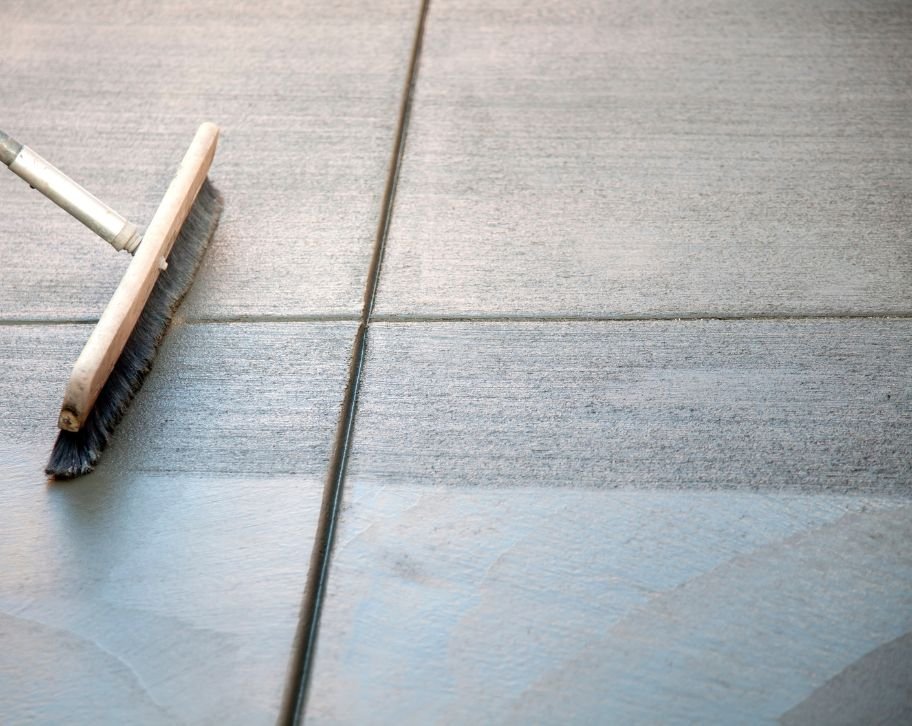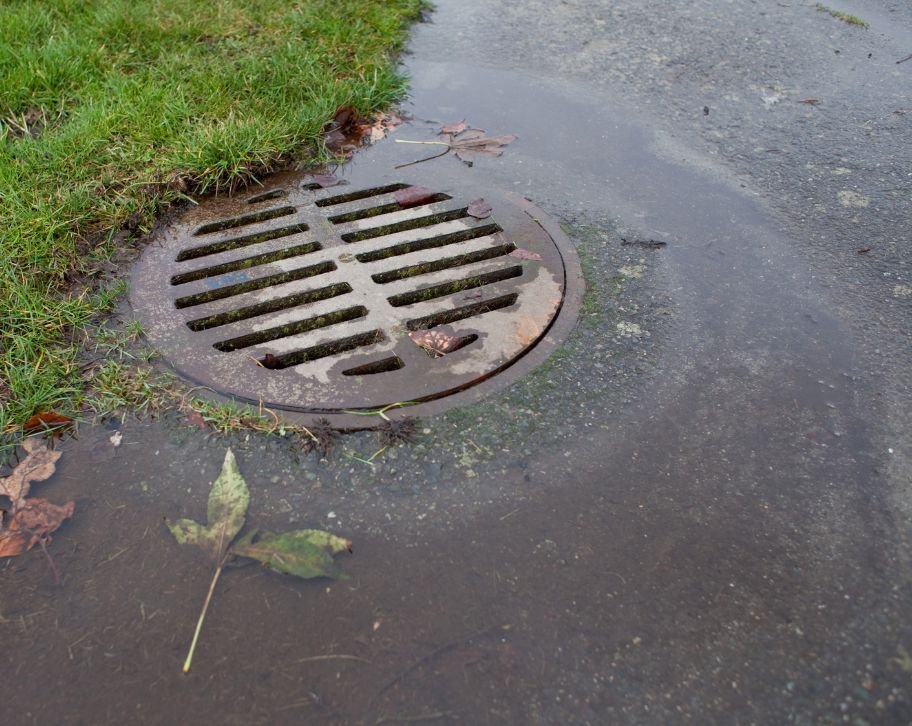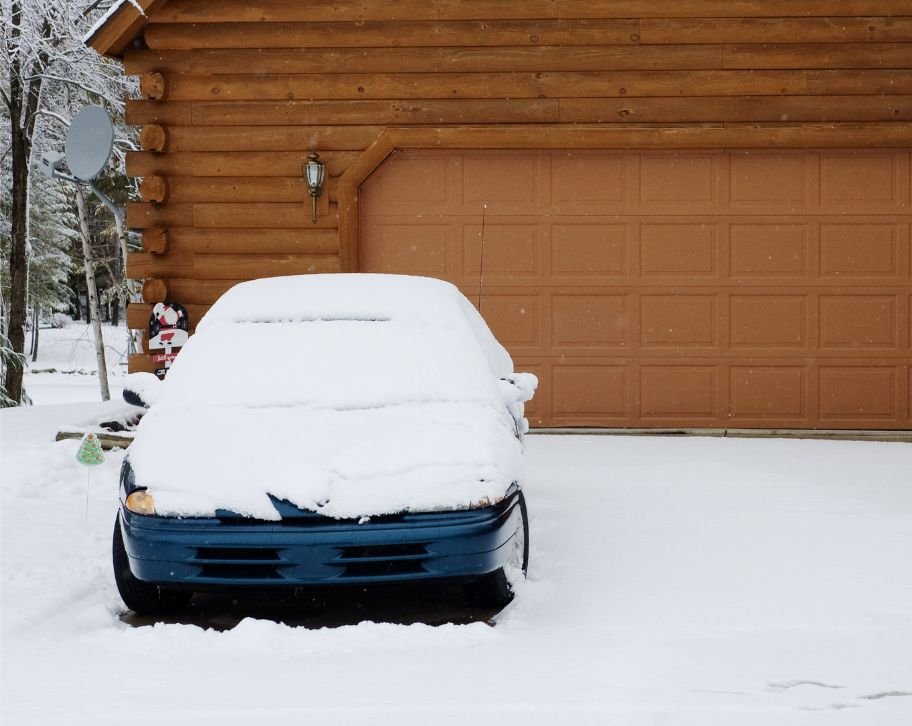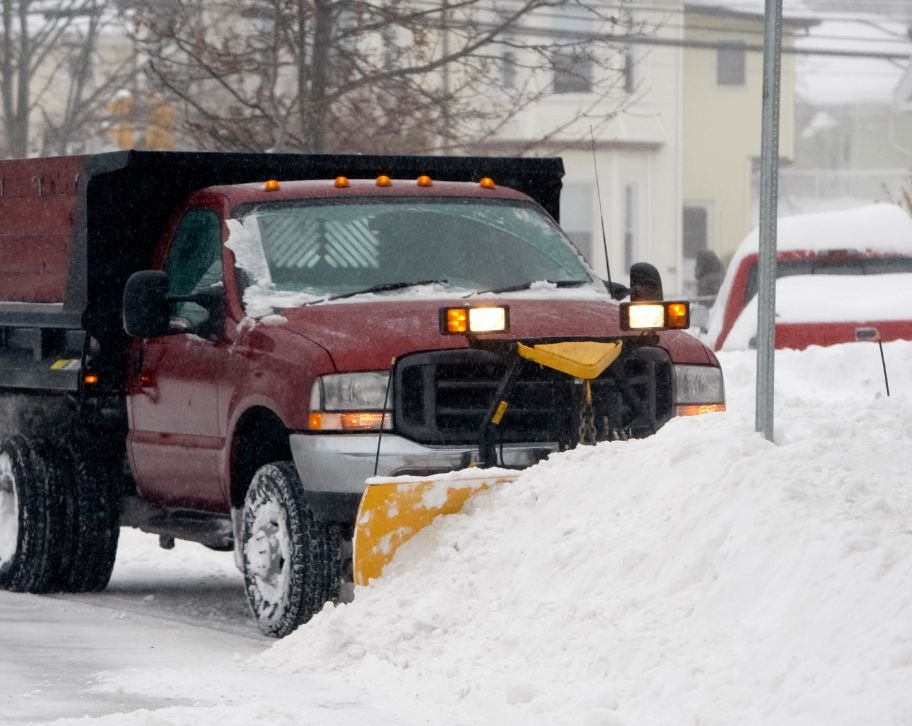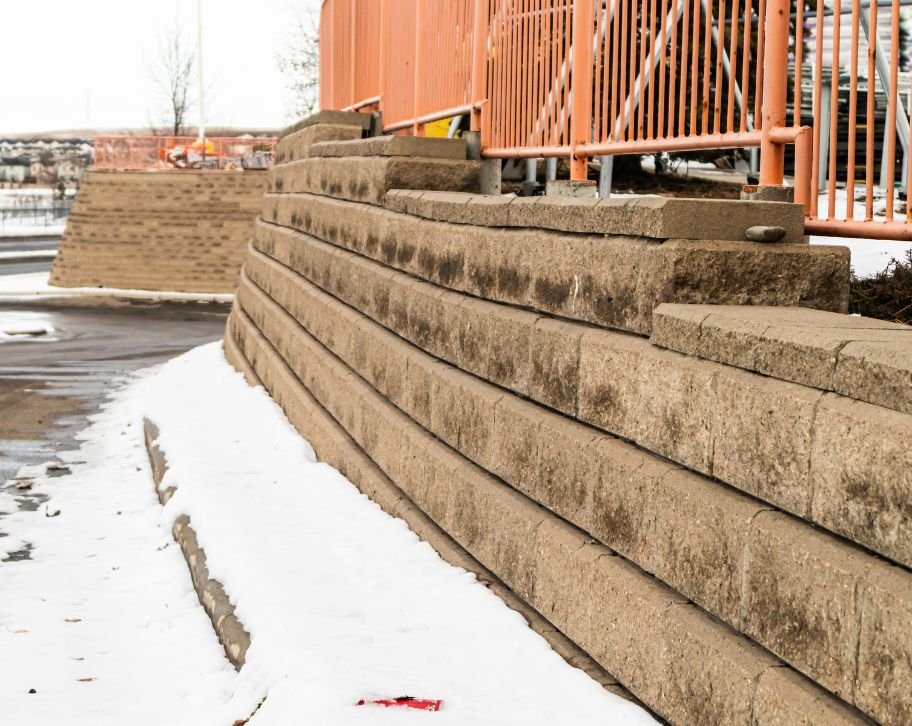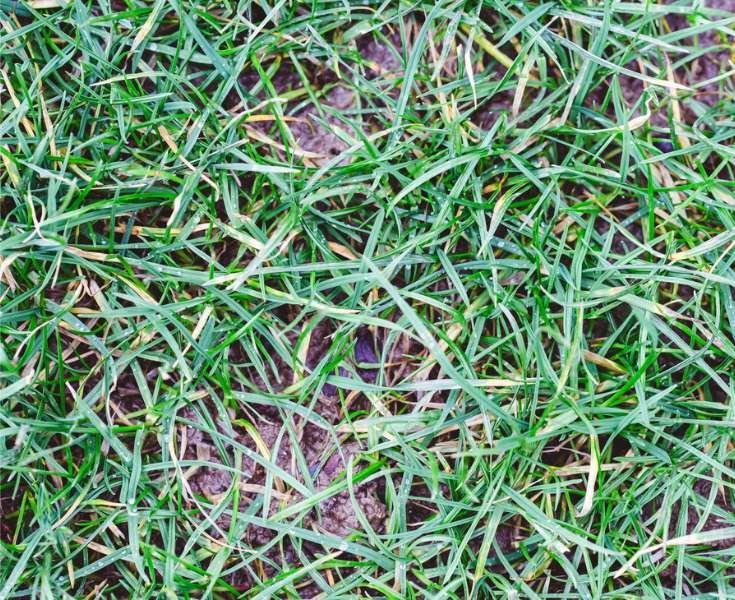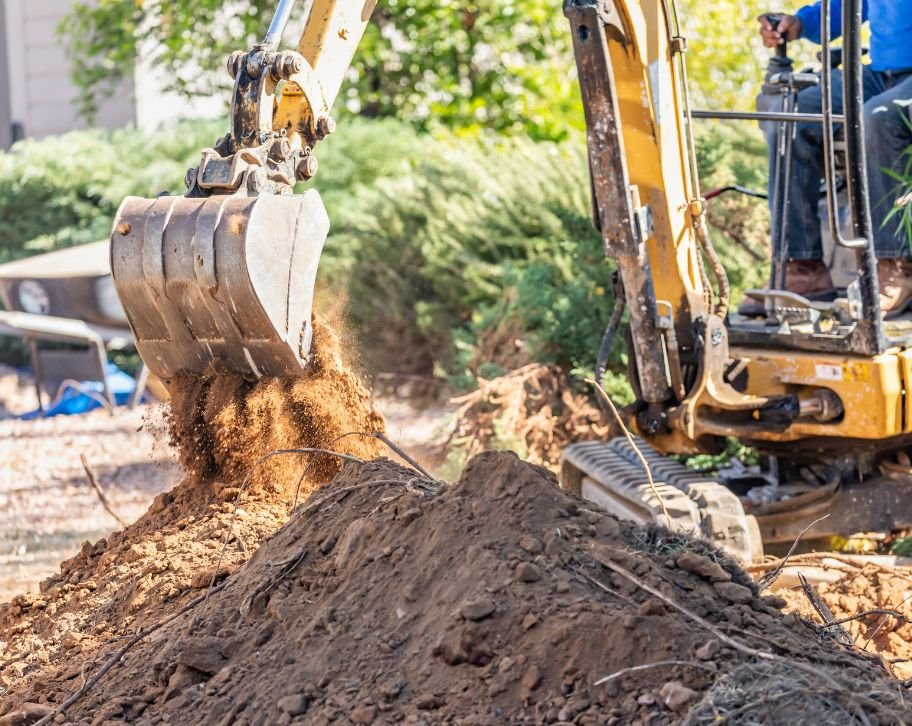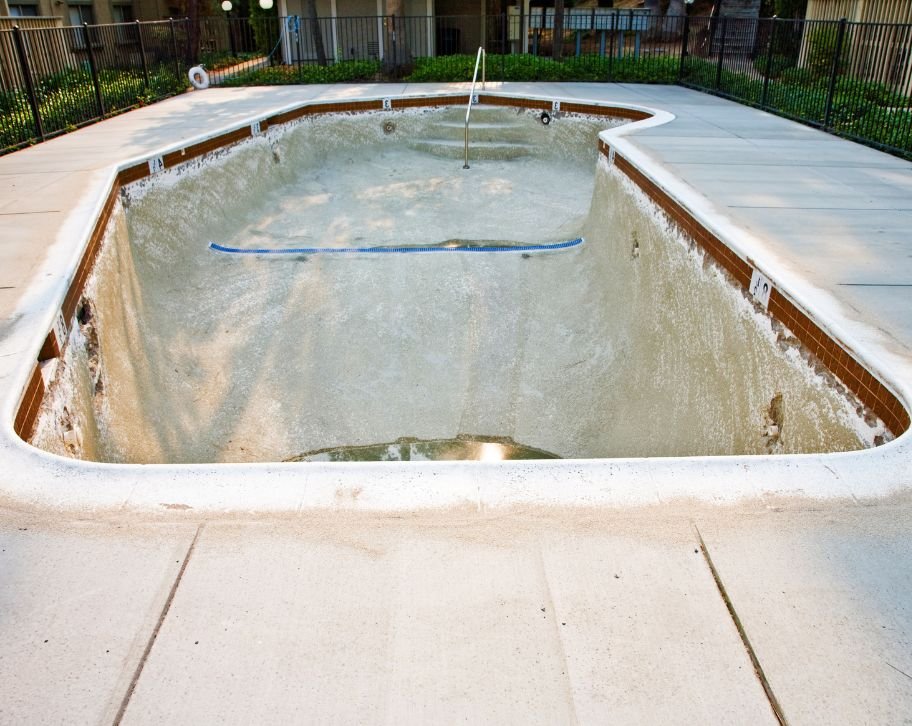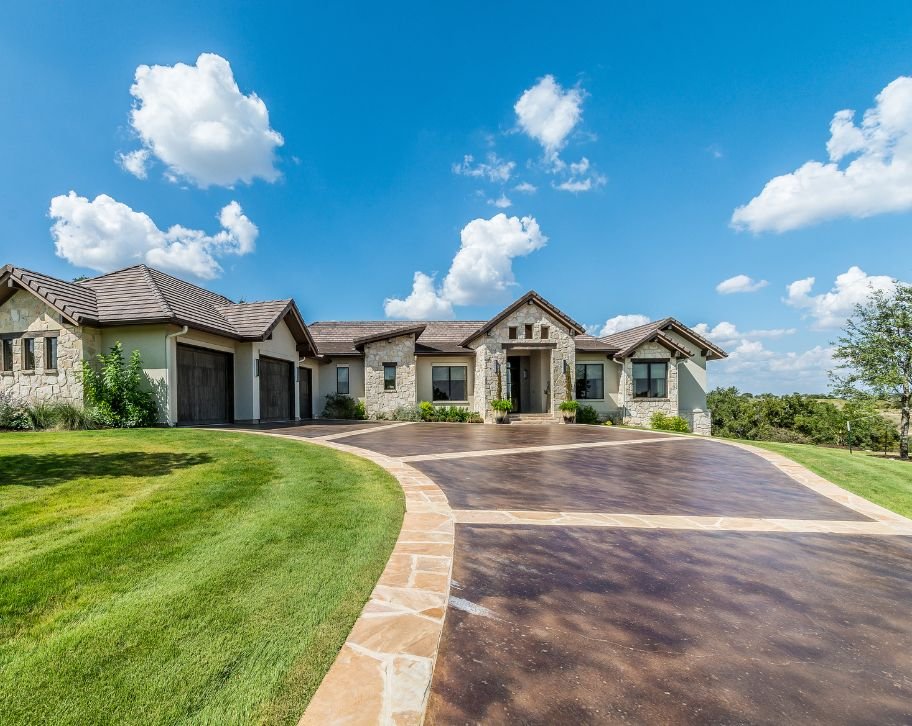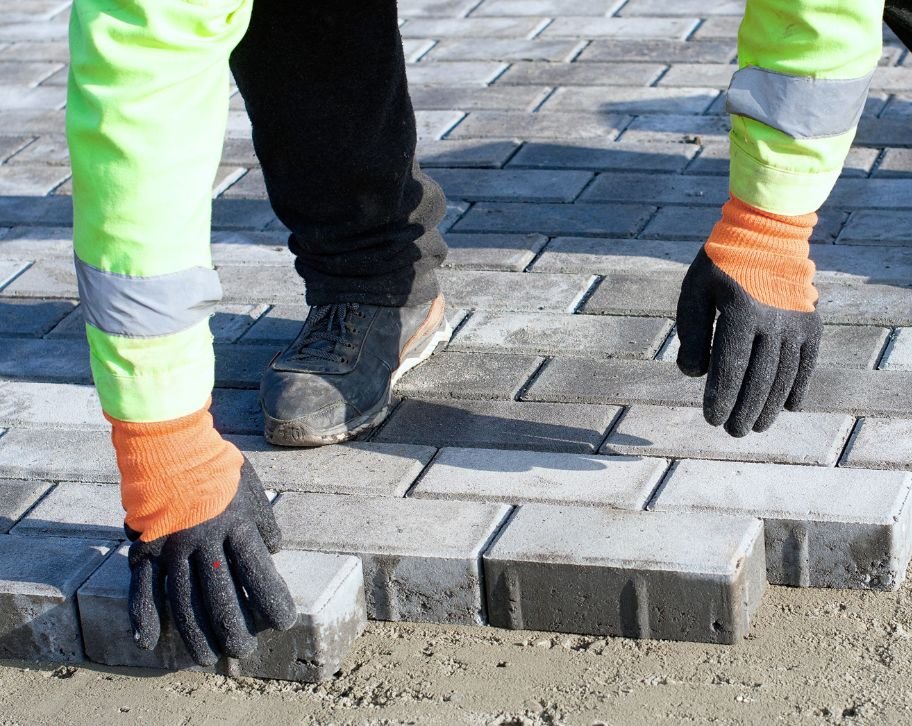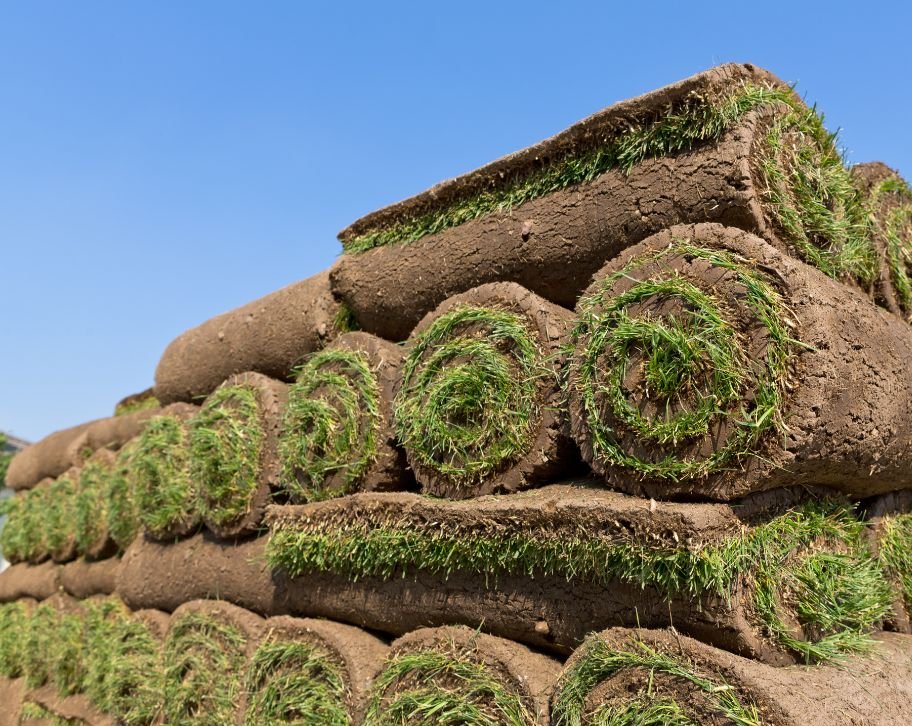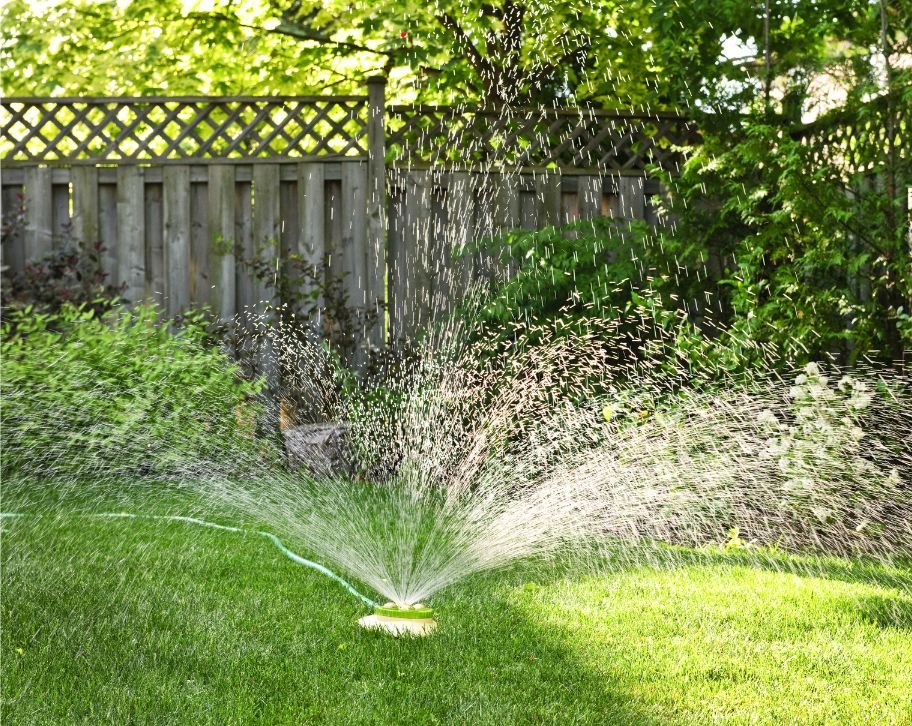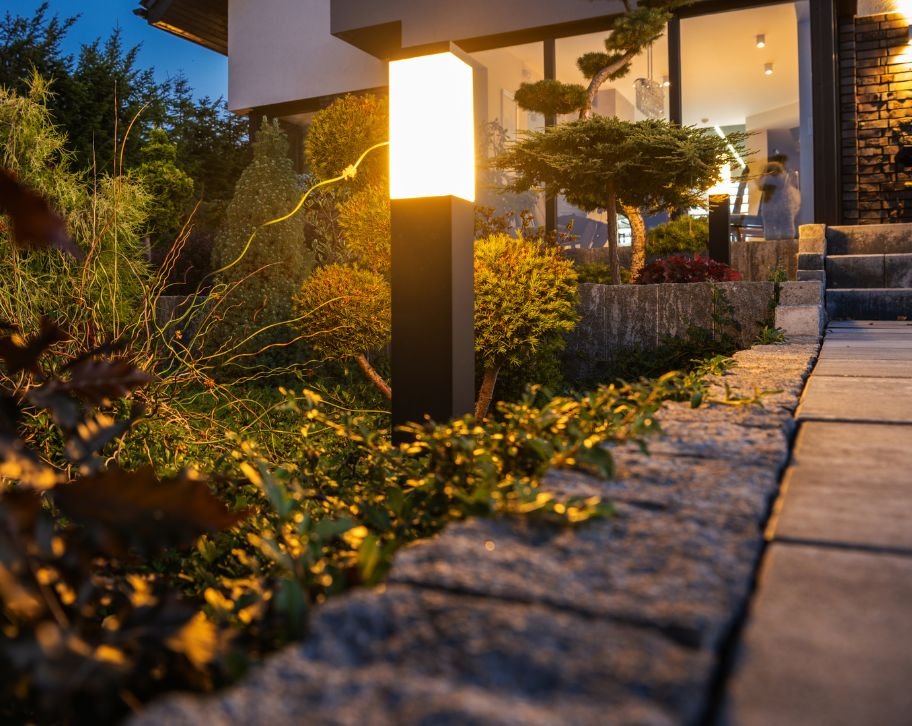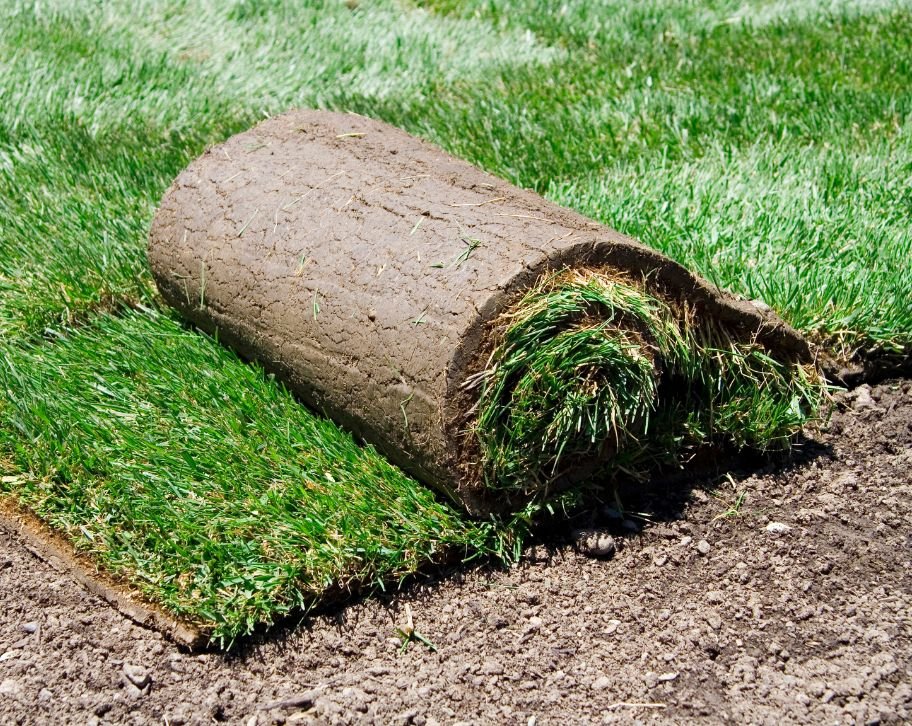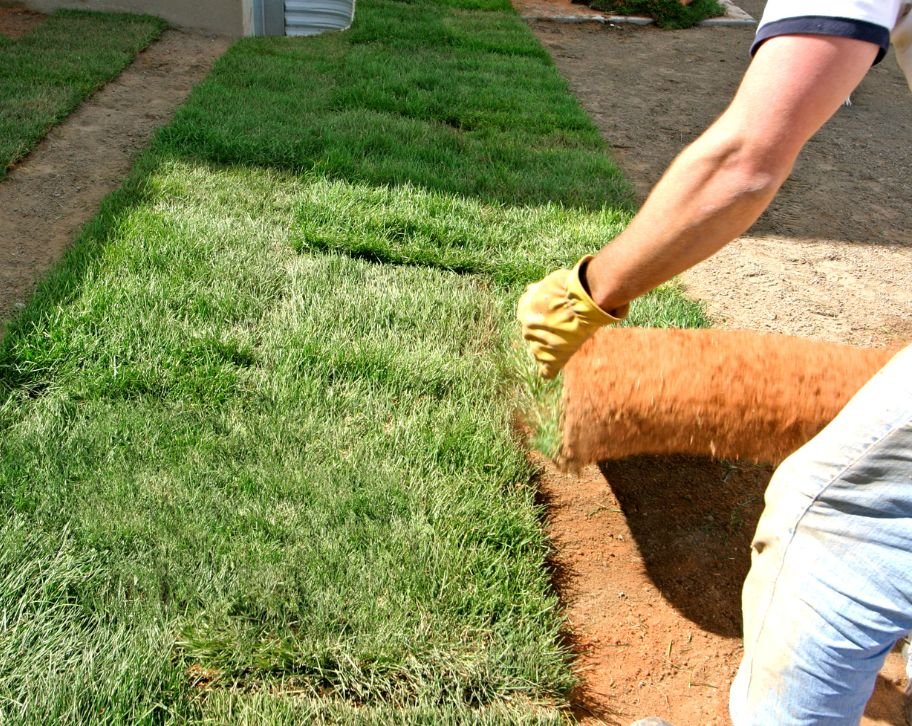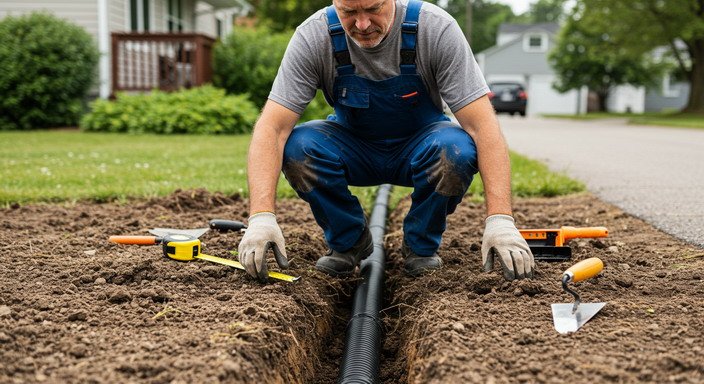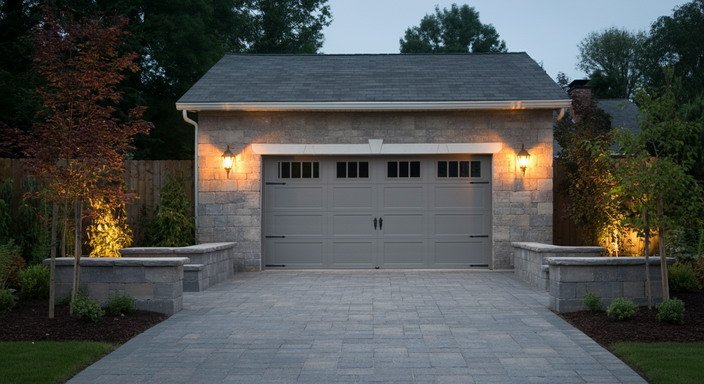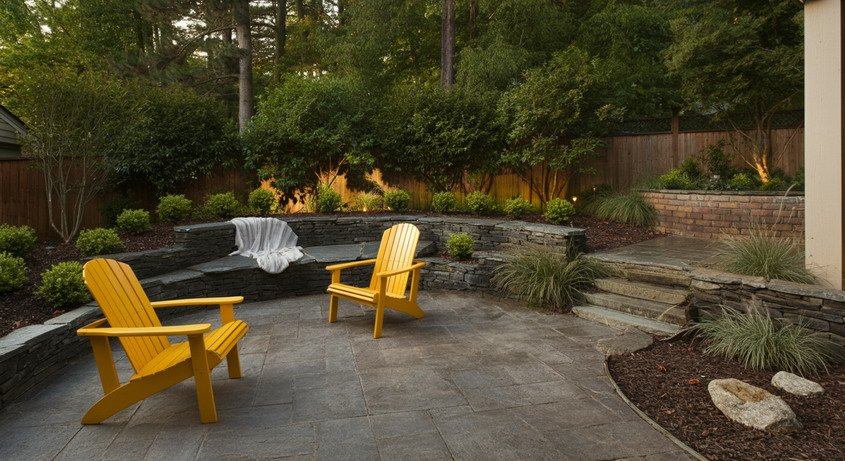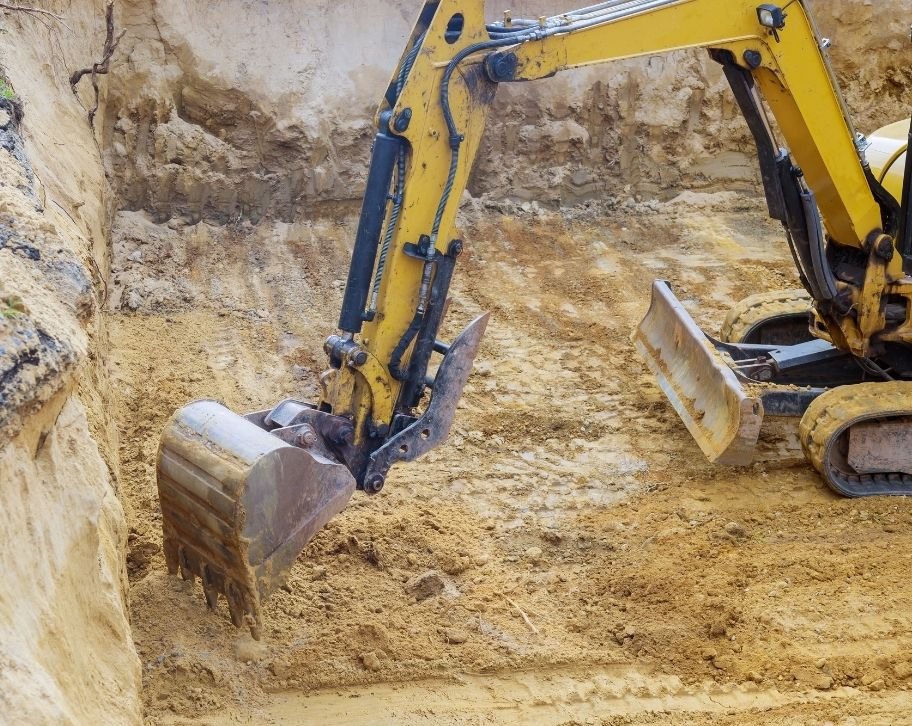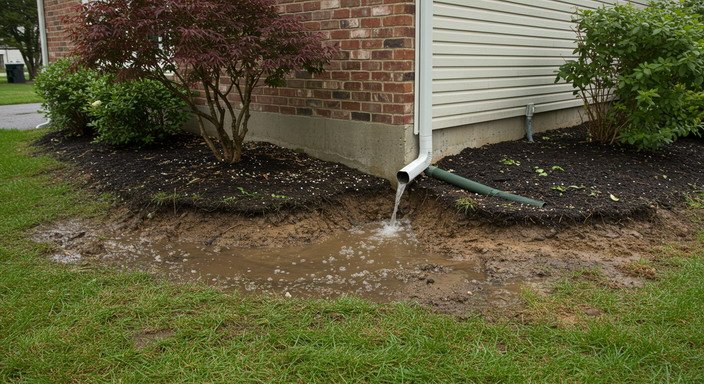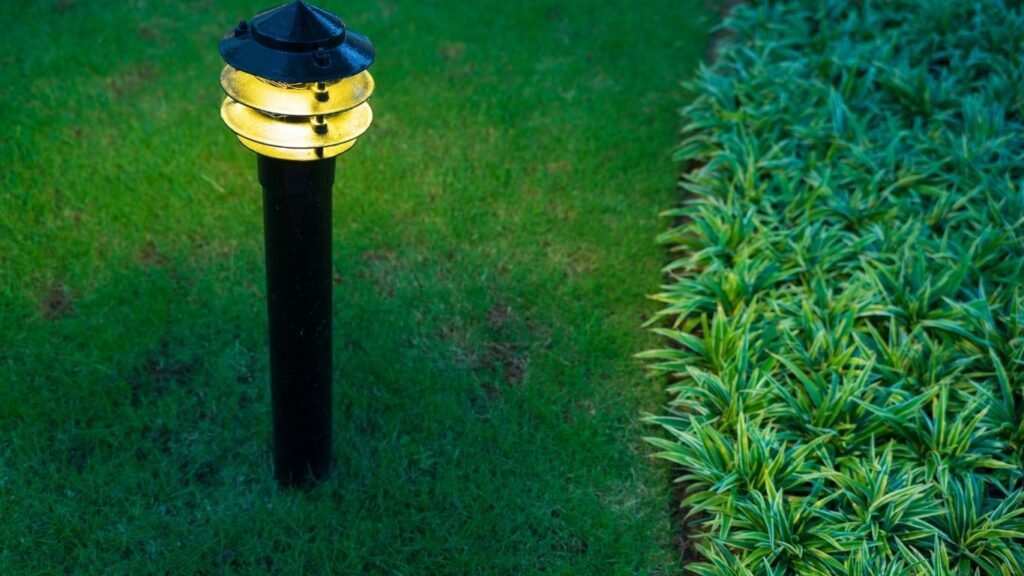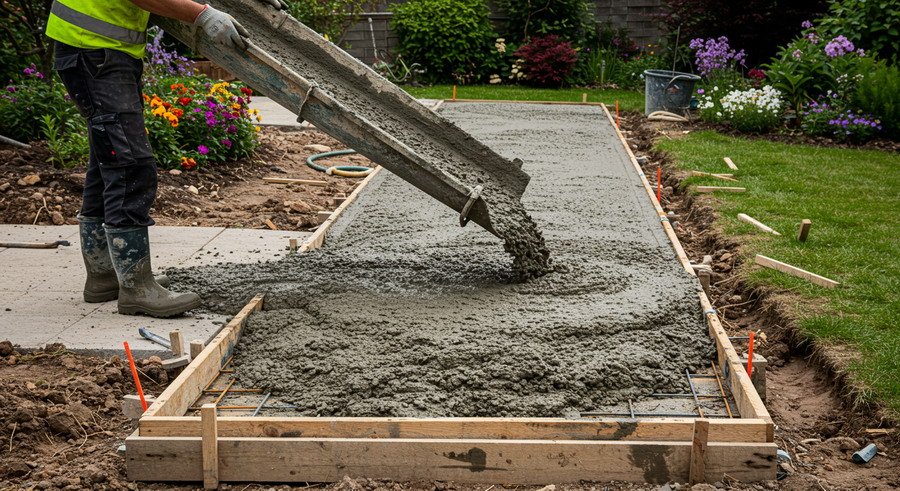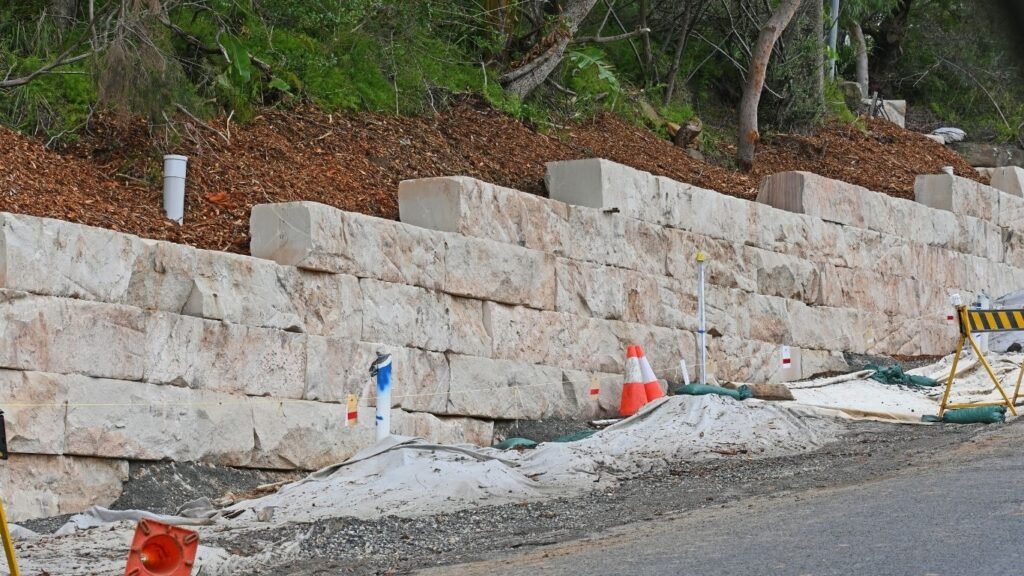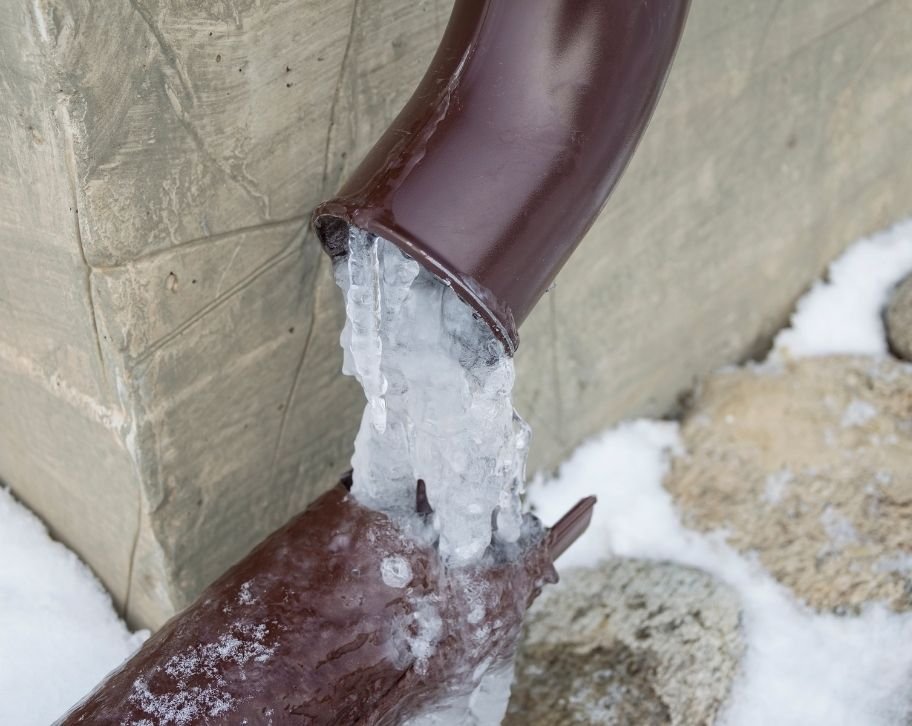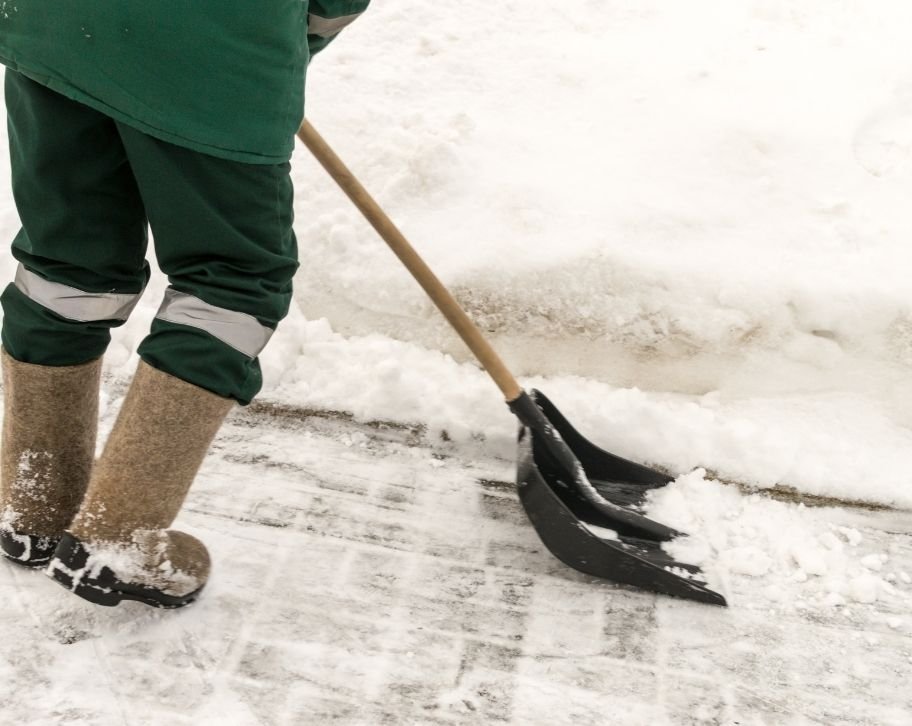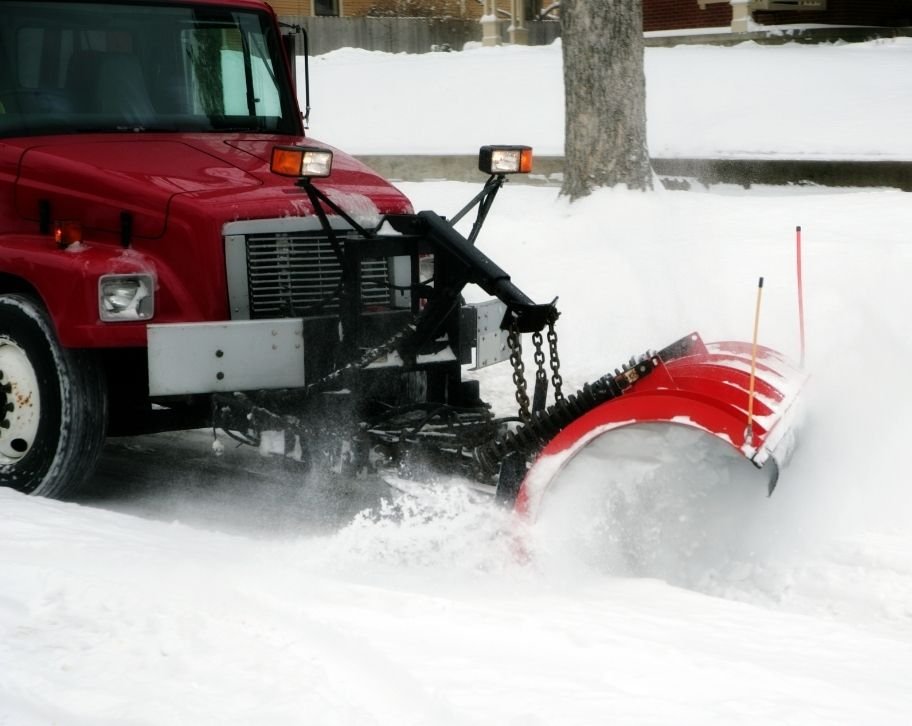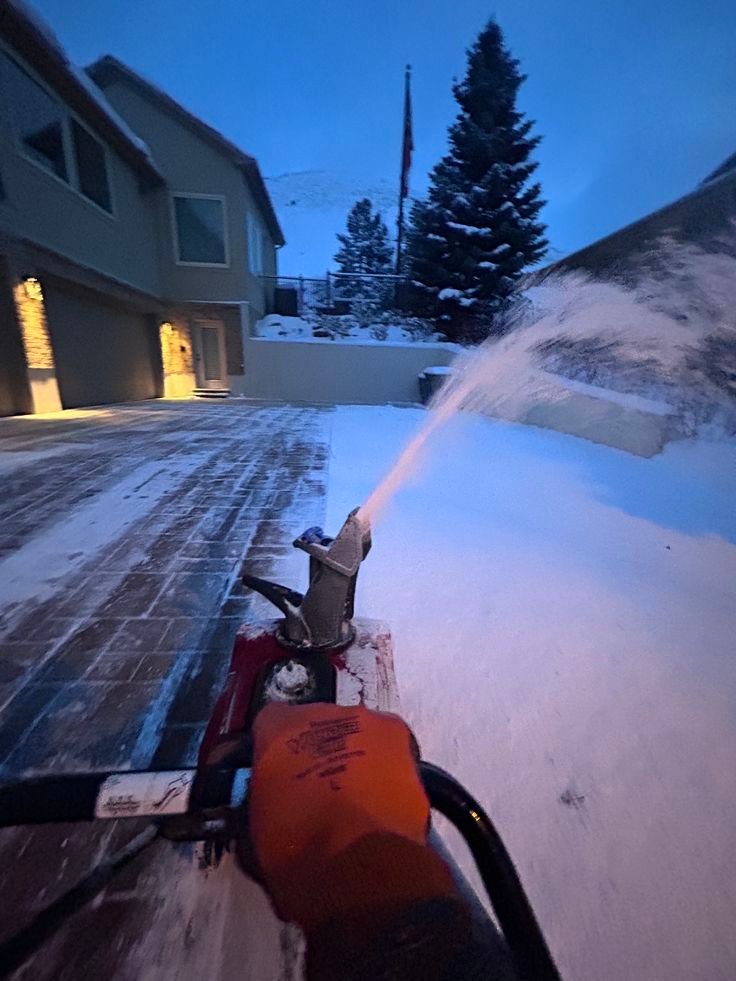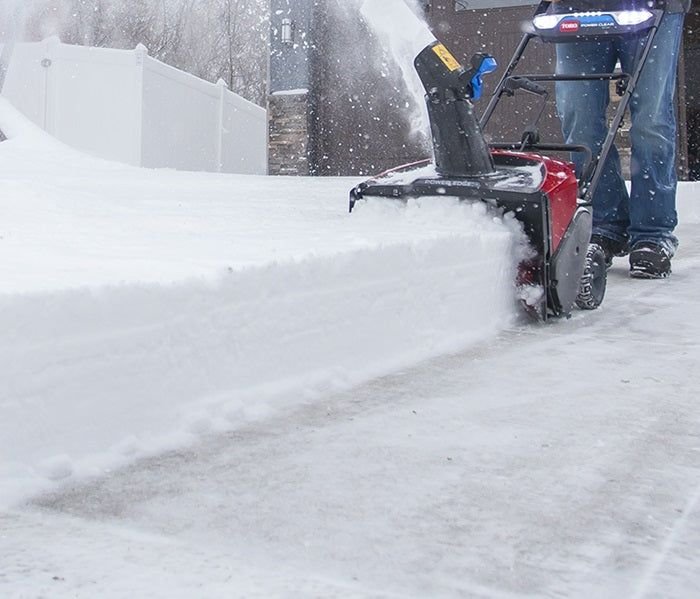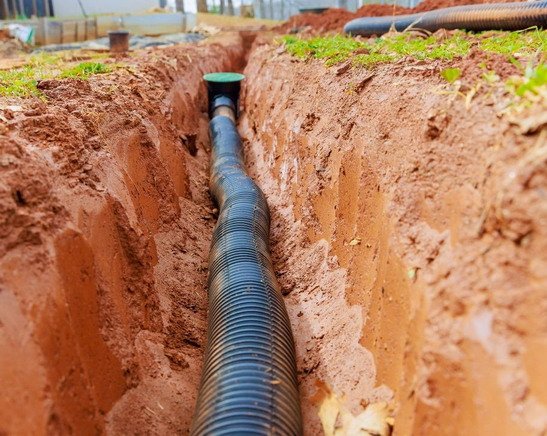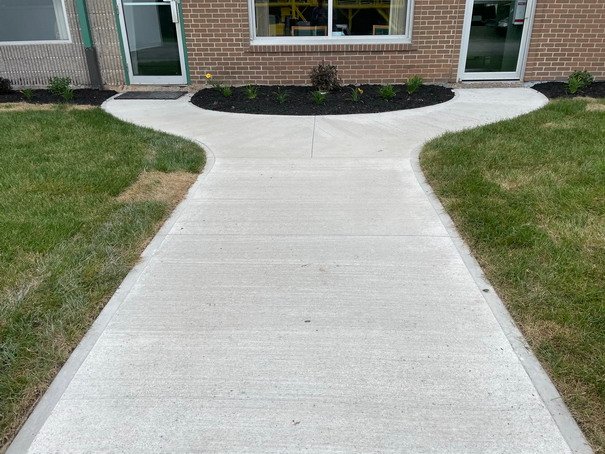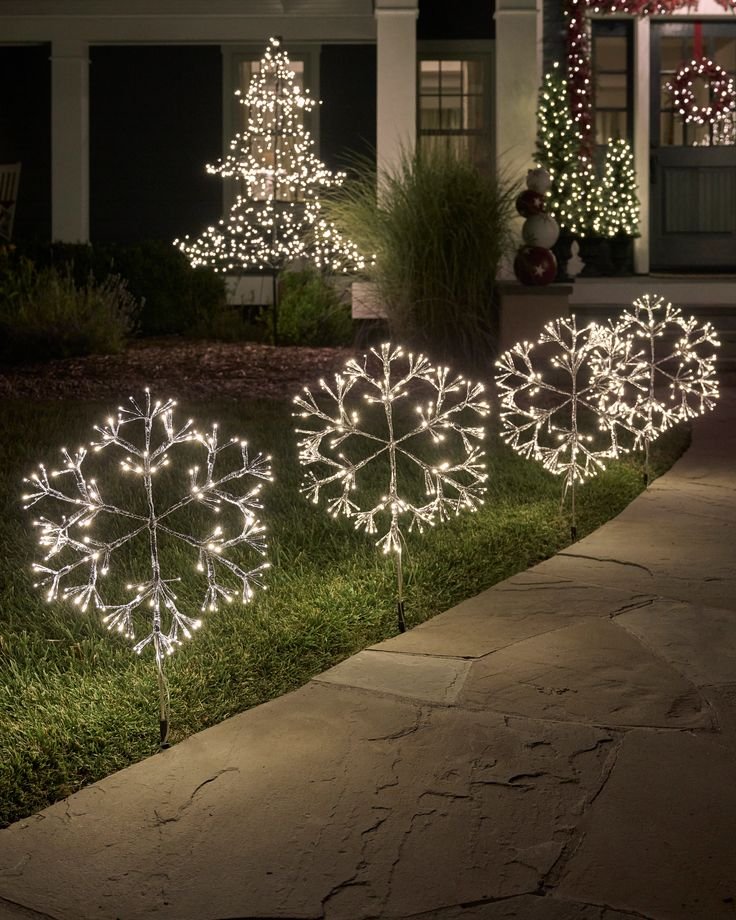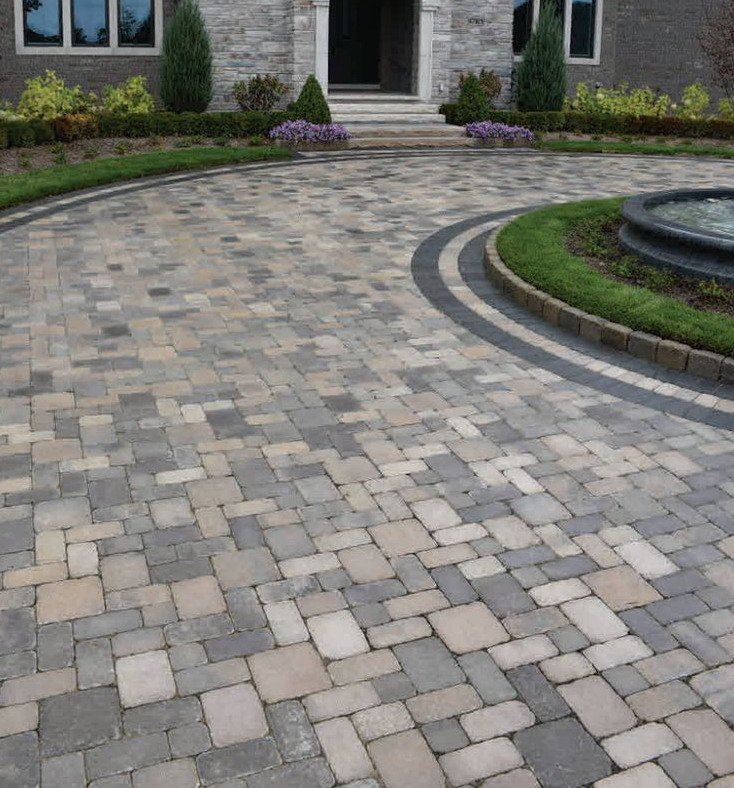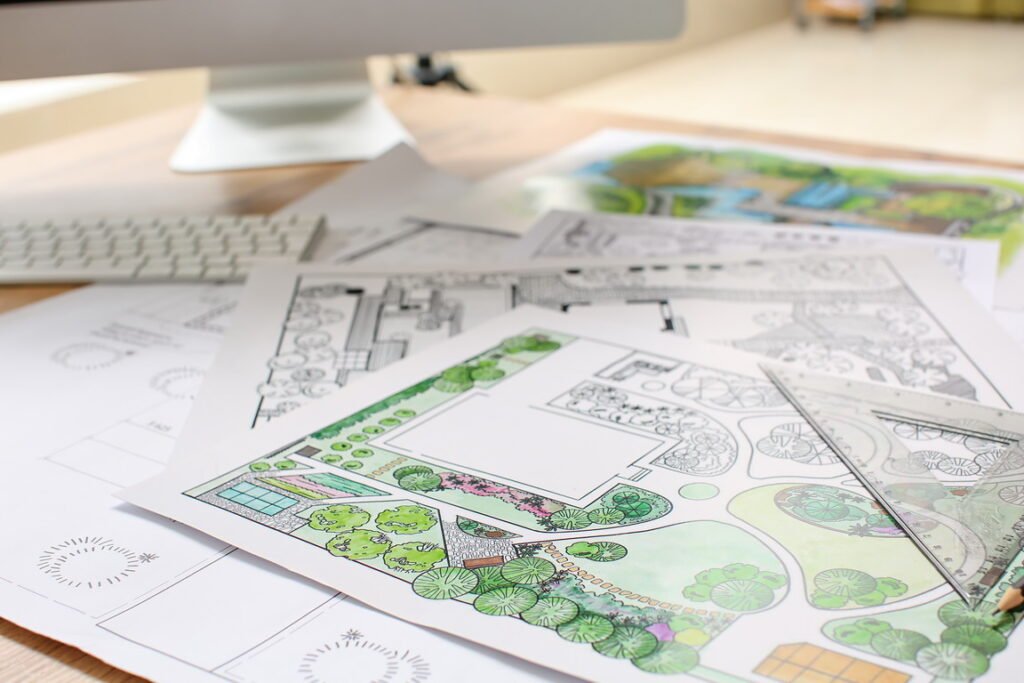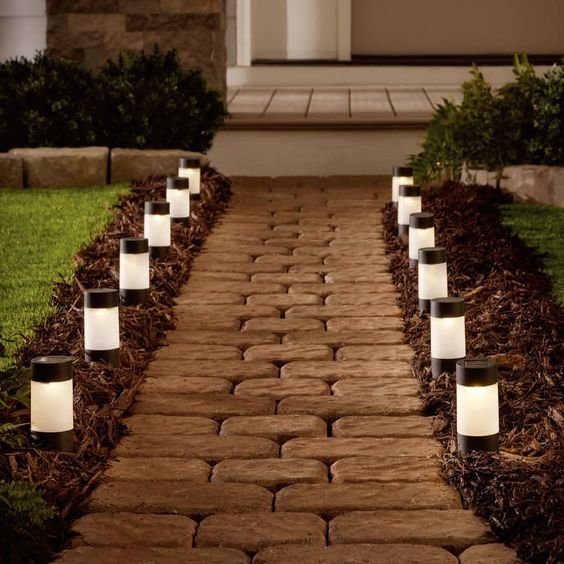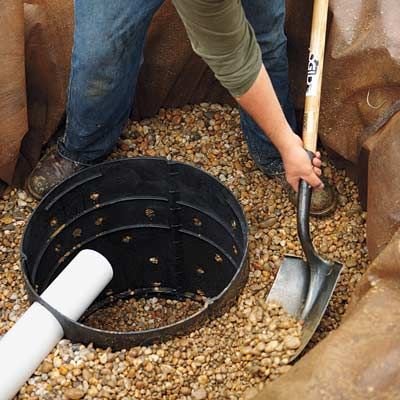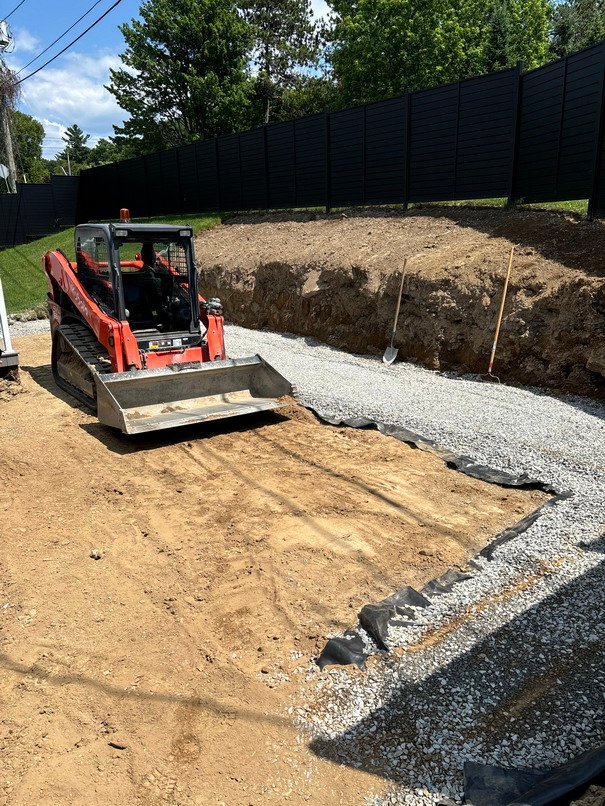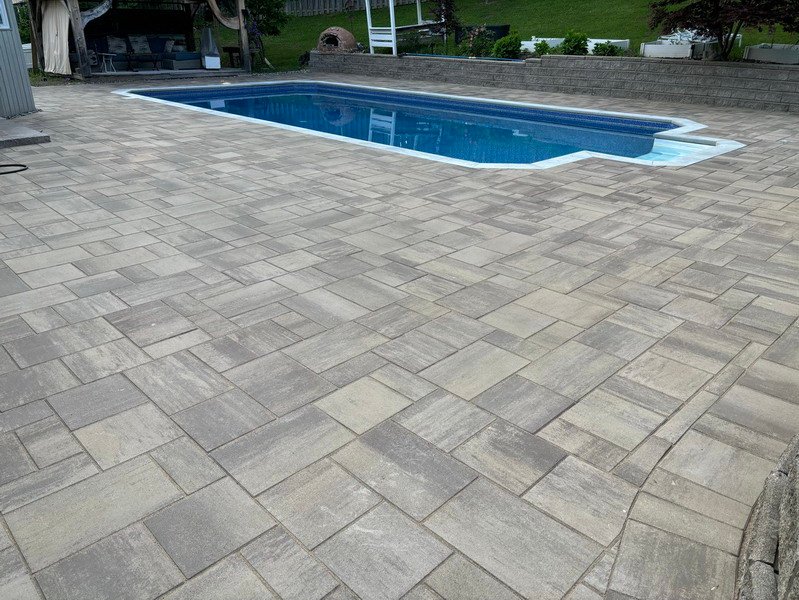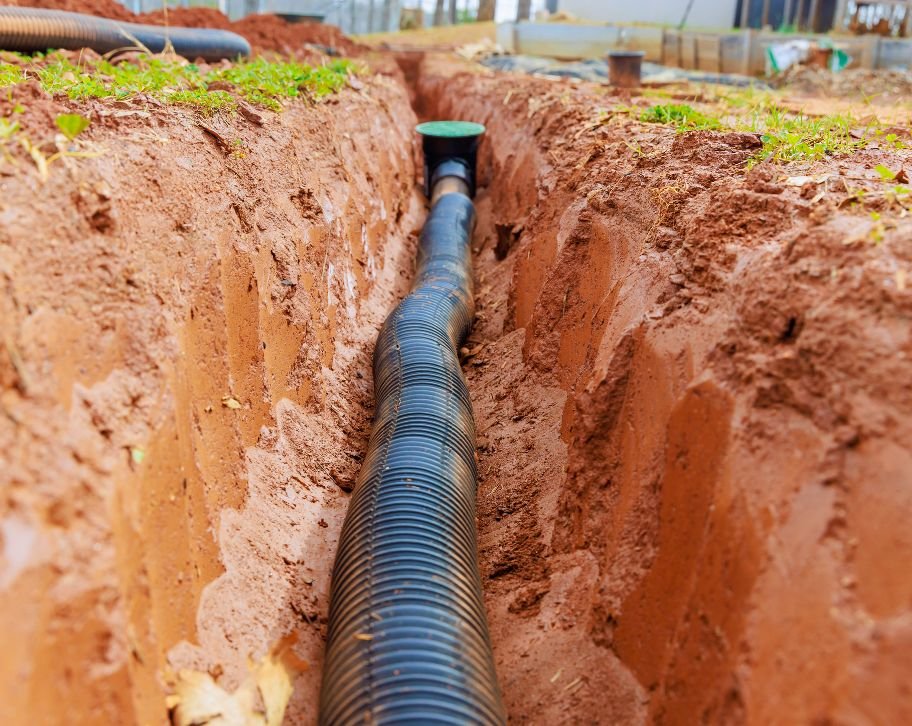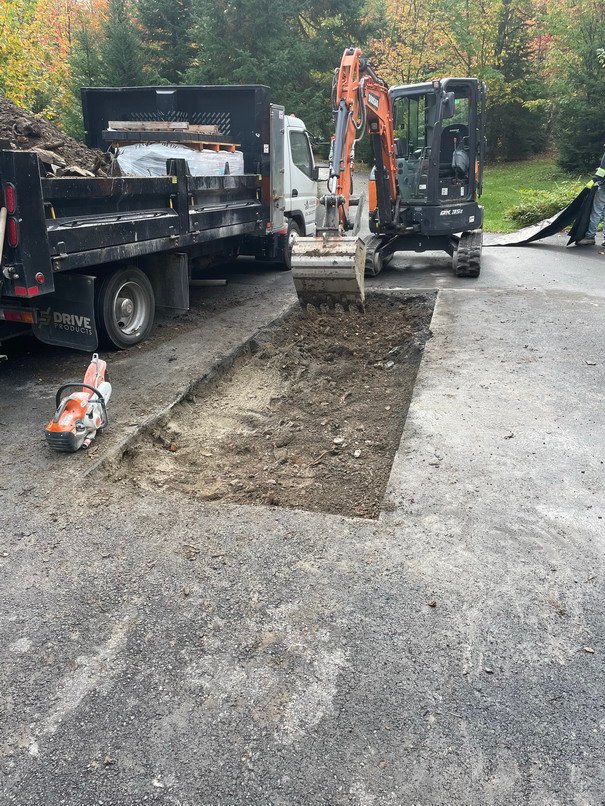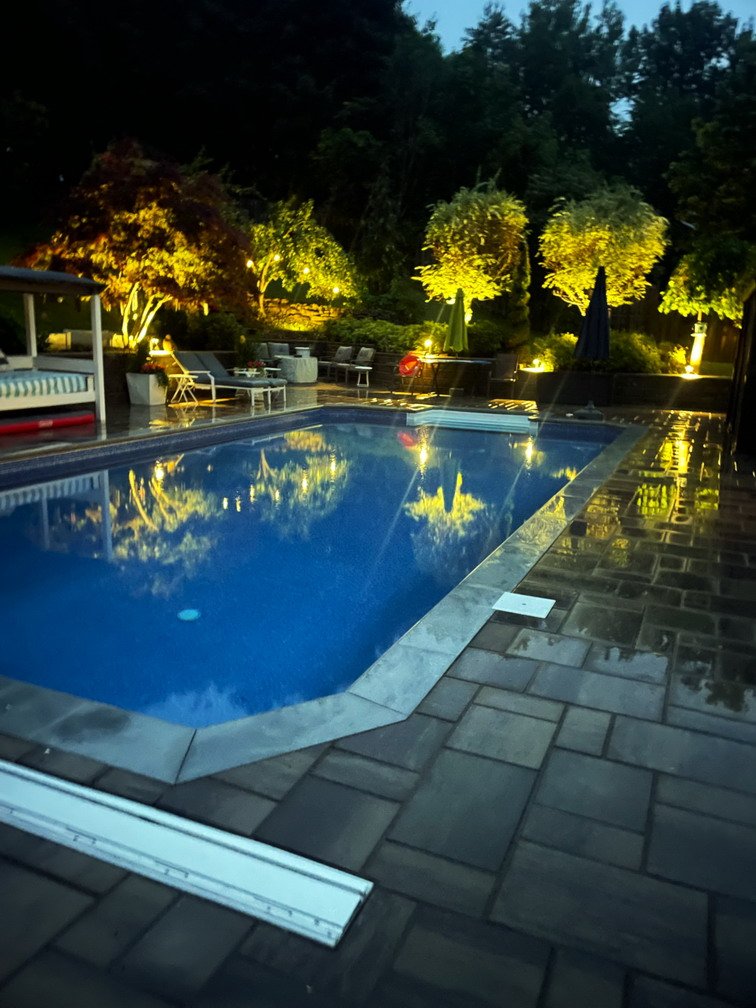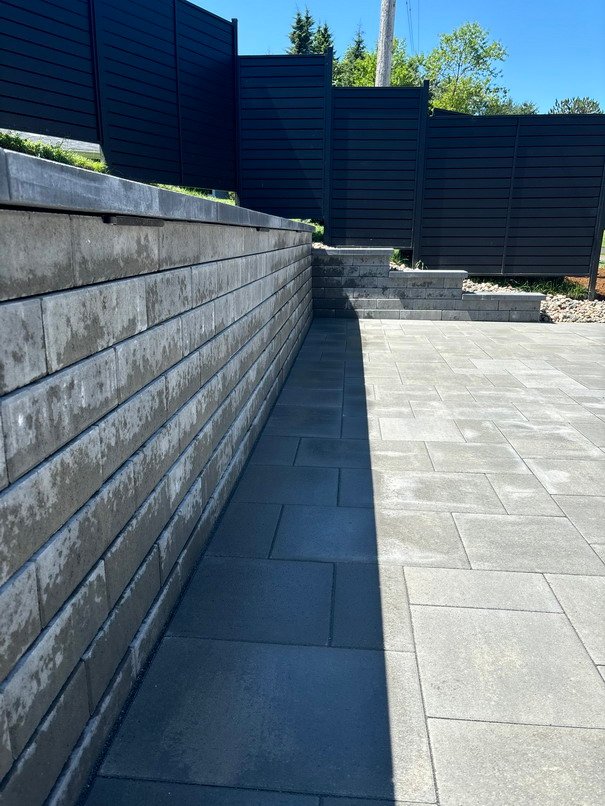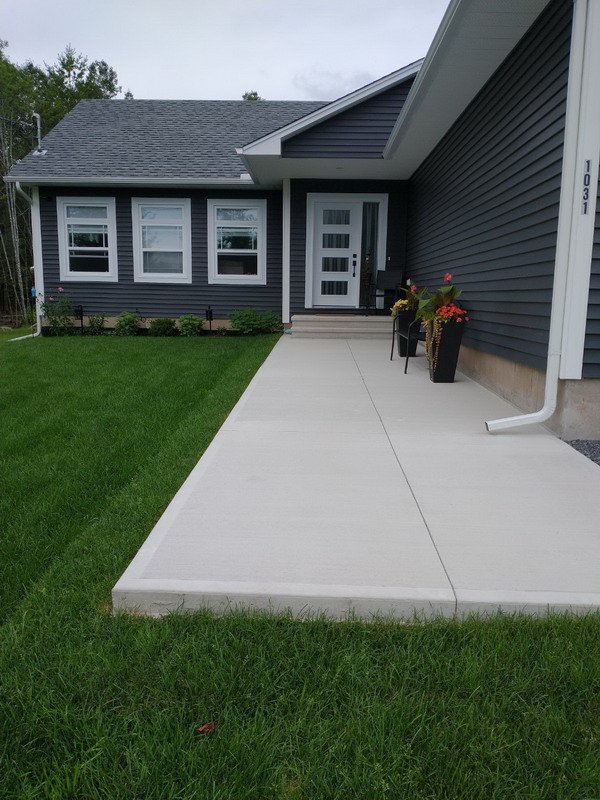What is a Gravity Retaining Wall?
What is a Gravity Retaining Wall? Spring melt, a few heavy storms, and suddenly a backyard in Fredericton does not look the same. The slope behind the house seems steeper, the lawn feels soft underfoot, and bits of soil creep toward the patio or driveway. Many properties in places like Northside Fredericton, New Maryland, and Hanwell face this same problem every year. For anyone in that situation, the question often comes up very quickly, what is a gravity retaining wall and can it fix this kind of slope issue? A gravity retaining wall is a simple idea with careful engineering behind it. It holds back soil by using its own weight, so a yard becomes safer, cleaner, and far more usable. In the Fredericton area, gravity retaining walls help with many needs. They control erosion beside foundations, create level areas for patios and gardens, and turn steep banks into stepped outdoor spaces that are easy to mow and enjoy. When they are designed and installed properly, they can also add a lot of curb appeal and long‑term value. This article walks through everything a property owner needs to know. You will see a clear definition of a gravity wall, how these walls work, common materials, key benefits, important design details, and how they compare with other types of retaining walls. Along the way you will see how Atlantic Hardscape and Concrete, with more than fifteen years of local experience, designs and installs gravity retaining walls that suit Fredericton soil and weather conditions. What is a gravity retaining wall? A gravity retaining wall is a structure that holds back soil by using its own weight. Instead of relying on steel reinforcement or deep anchors, it uses heavy blocks, stone, or concrete so the mass of the wall resists the sideways push of the earth behind it. For a simple gravity wall definition, it is a short, heavy wall that stays in place because it is thick and heavy enough not to move. Most gravity walls use a dry stack method. That means the blocks or stones sit on top of each other without mortar between the units. The weight of each unit and the friction between them keep the wall acting as one solid piece. Modern block systems also include small lips or lugs that help each course lock to the one below, which improves gravity wall stability. A key design feature is a slight lean back into the slope, often called a battered setback. This gives the wall a gentle tilt toward the soil that it holds. That lean helps direct forces downward into the base of the wall instead of straight out toward the yard, which makes the wall far more stable for its size. Even though a stone gravity wall can look like a simple row of blocks or rock, it is still a piece of retaining wall engineering. The height, base width, block shape, and batter all work together so the wall does not slide, tip, or sink. When that design is correct, a gravity wall can handle large loads with no visible signs of effort. In the Fredericton area, common gravity retaining wall examples include: Terraced gardens on a steep backyard Short walls that protect walkout basements from erosion Raised flowerbeds along a driveway Boundary walls that mark the edge of a parking pad or patio The same idea works for both small residential yards and larger commercial properties. How gravity retaining walls work? To understand how gravity walls work, picture a stack of very heavy blocks holding back a pile of damp soil. The soil pushes sideways, but the blocks push back with their own weight. As long as the wall is heavy enough, and built with the right shape, the soil cannot move it. The first part of this is simple weight. A gravity retaining wall creates strong downward force that presses the base of the wall into the foundation material. That force resists sliding forward. The heavier the wall and the wider the base, the more soil pressure it can handle without moving. Friction between the units is the next key factor. When each block or stone sits on a properly prepared base and on top of another unit, the rough surfaces grip each other. That friction stops one course from slipping over the one below. In modern gravity wall construction, many block systems add small interlocking features so the courses hold together more effectively, almost like large building blocks. The battered setback also plays an important role. Because the wall leans back toward the soil, the line of force from the weight of the wall passes deeper into the base material instead of near the outside edge. This reduces the chance that the wall will tip forward. Think of how a person leans toward a heavy object when they brace against it. That lean makes the stance stronger. Good gravity retaining wall design must deal with three main failure modes: Overturning – when the wall wants to tip forward. Sliding – when the whole wall wants to move along the base. Bearing failure – when the soil under the base squeezes out or settles. A well designed wall uses enough mass, base width, and friction to resist all three. The result is a simple looking structure that hides a lot of careful thought about how forces move through soil and stone. Common materials used in gravity retaining walls The material used for a gravity wall has a big impact on strength, lifespan, cost, and appearance. Some options suit small garden features, while others are better for driveways or commercial sites. Atlantic Hardscape and Concrete works with several gravity wall materials so each project matches both the yard and the budget. Precast concrete blocks are the most common choice for modern gravity retaining walls. These units are heavy, consistent in size, and shaped to interlock with the courses above and below. They come in many colours and face textures, so they can

